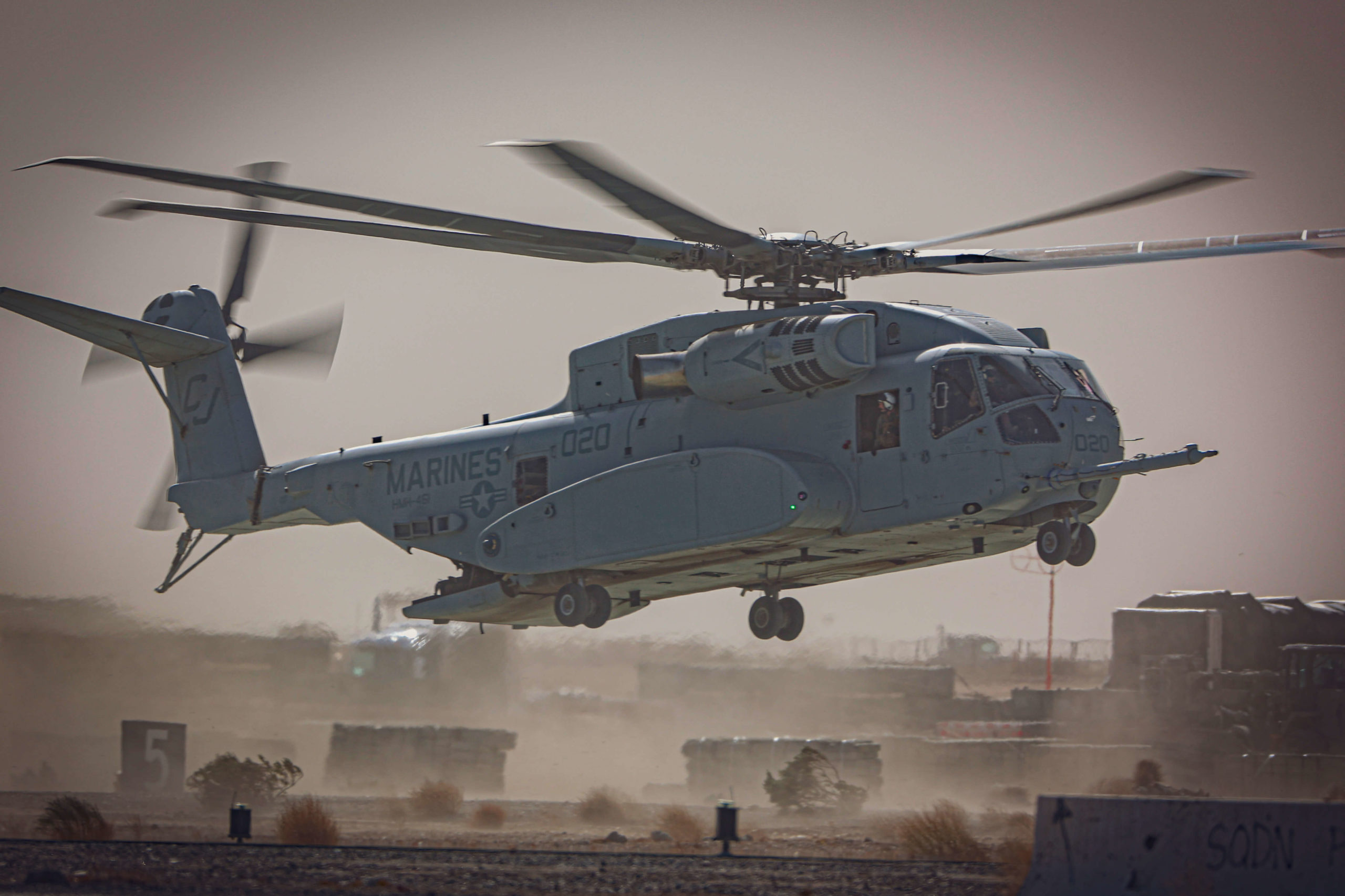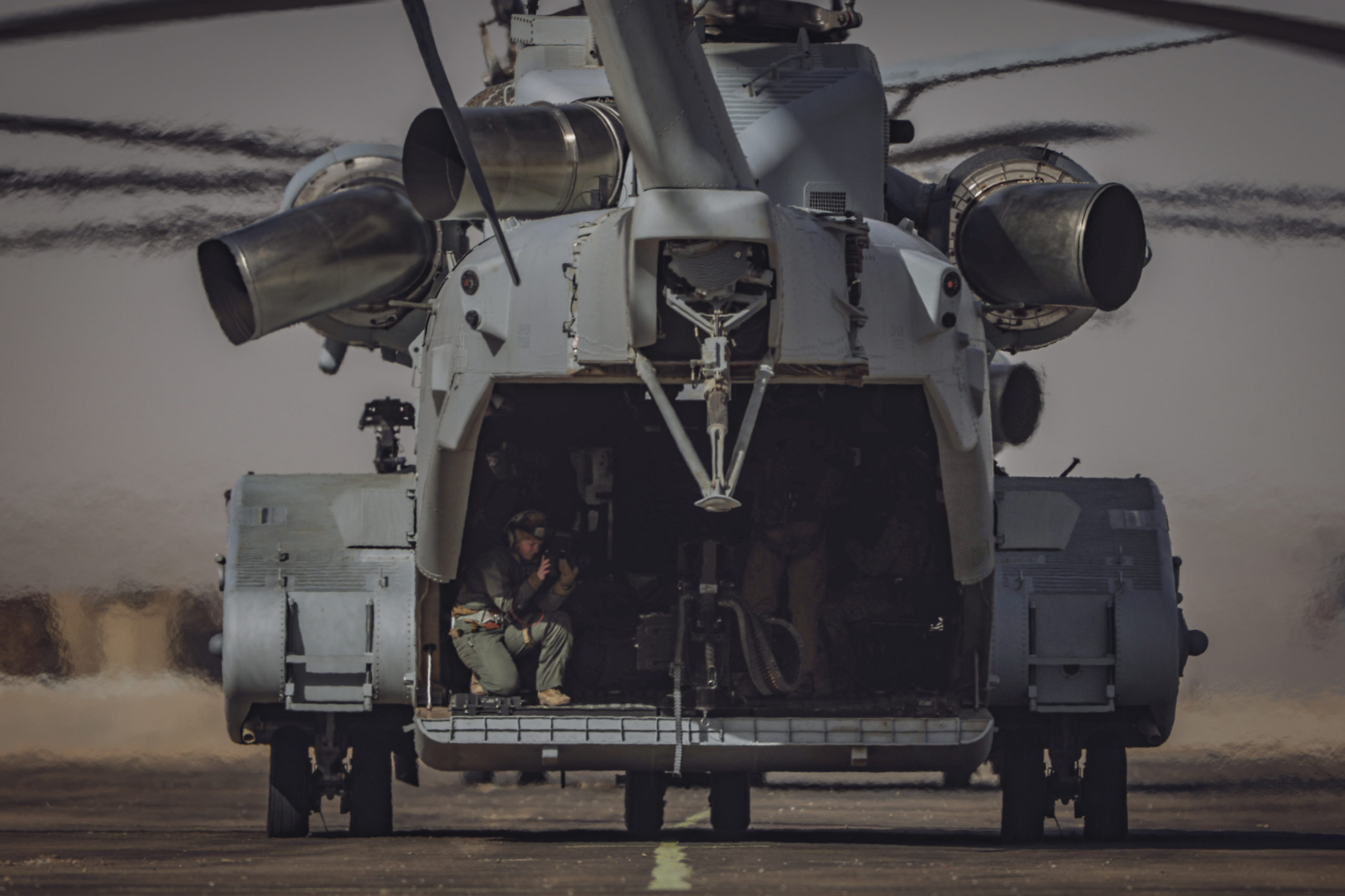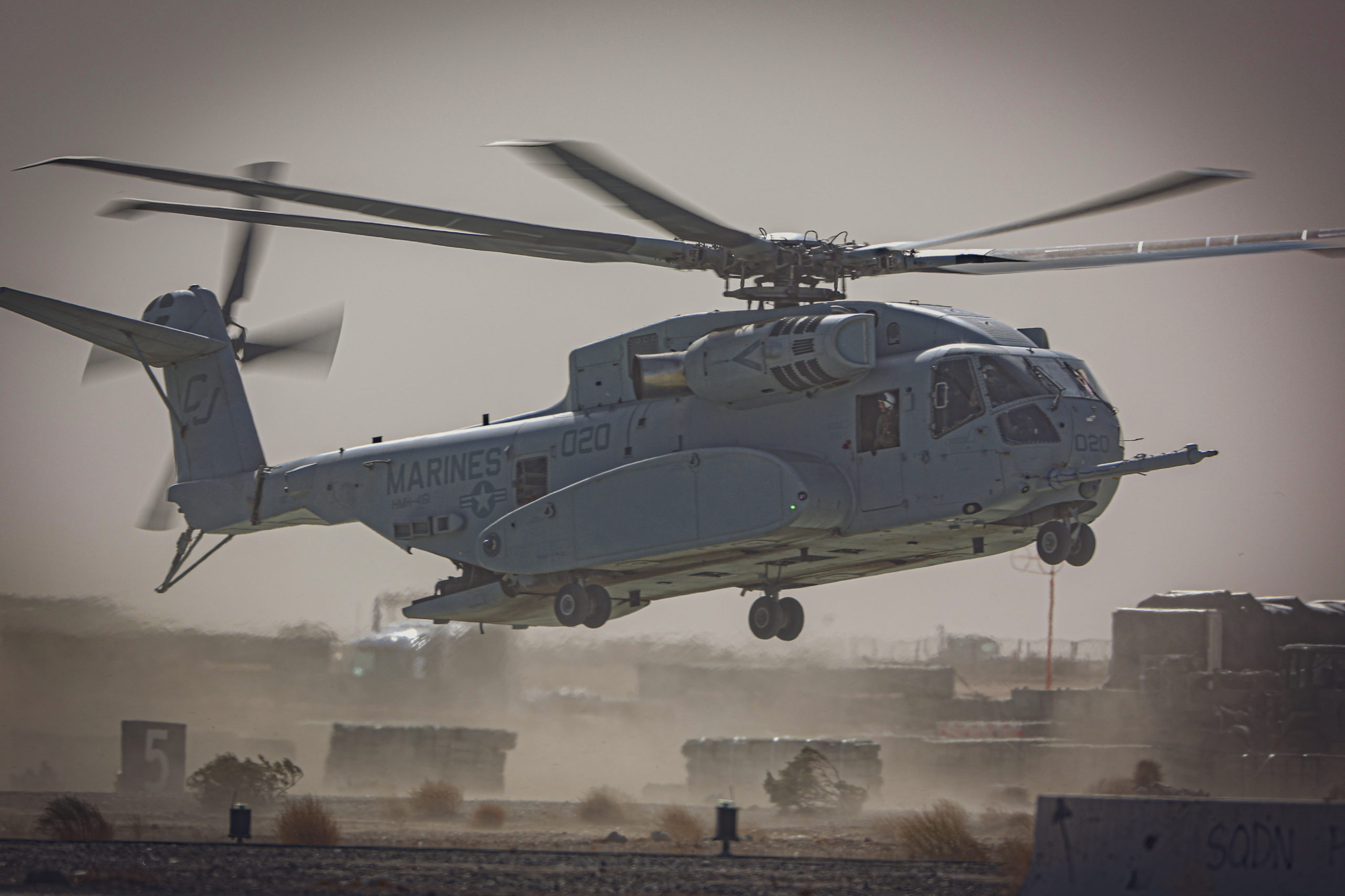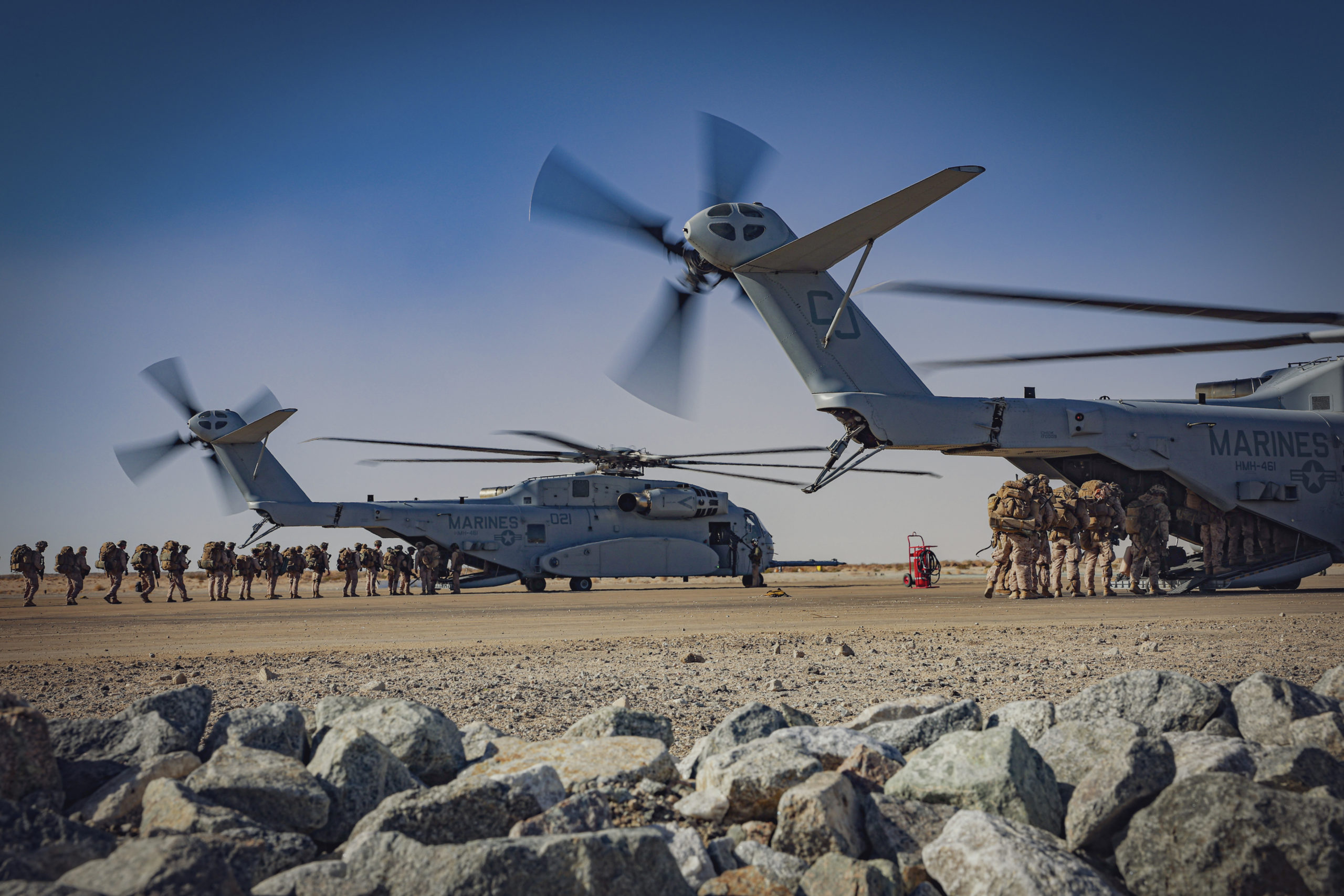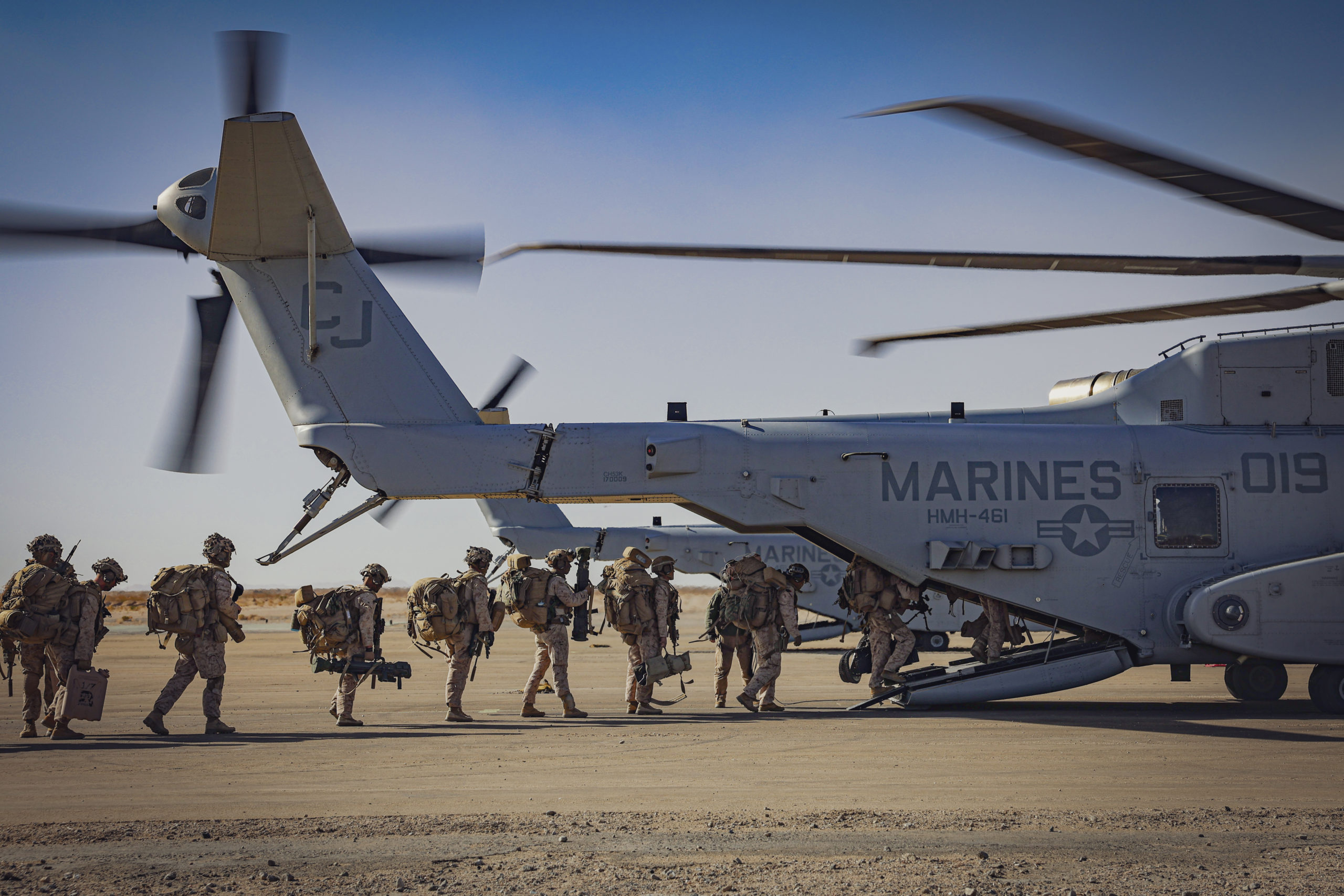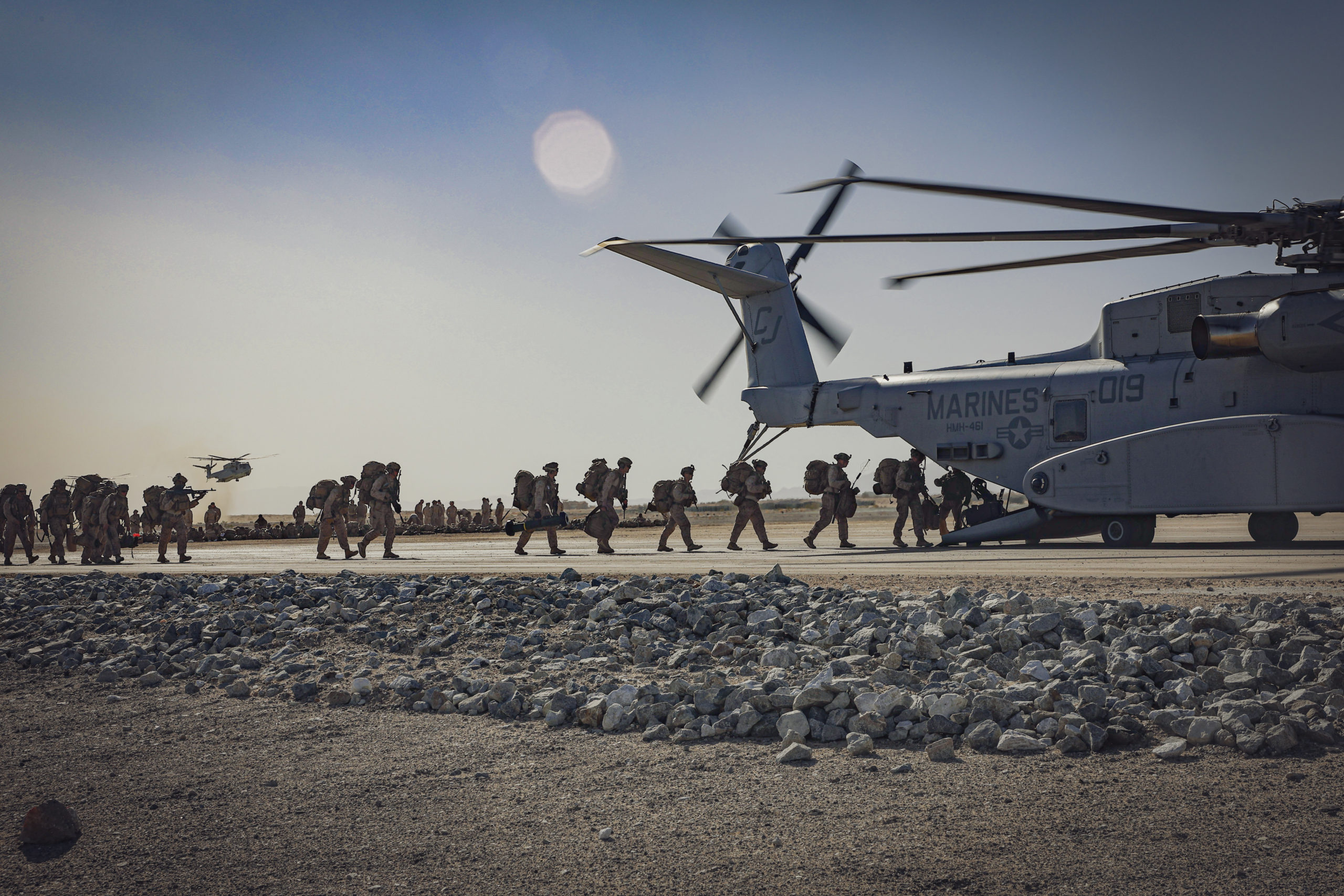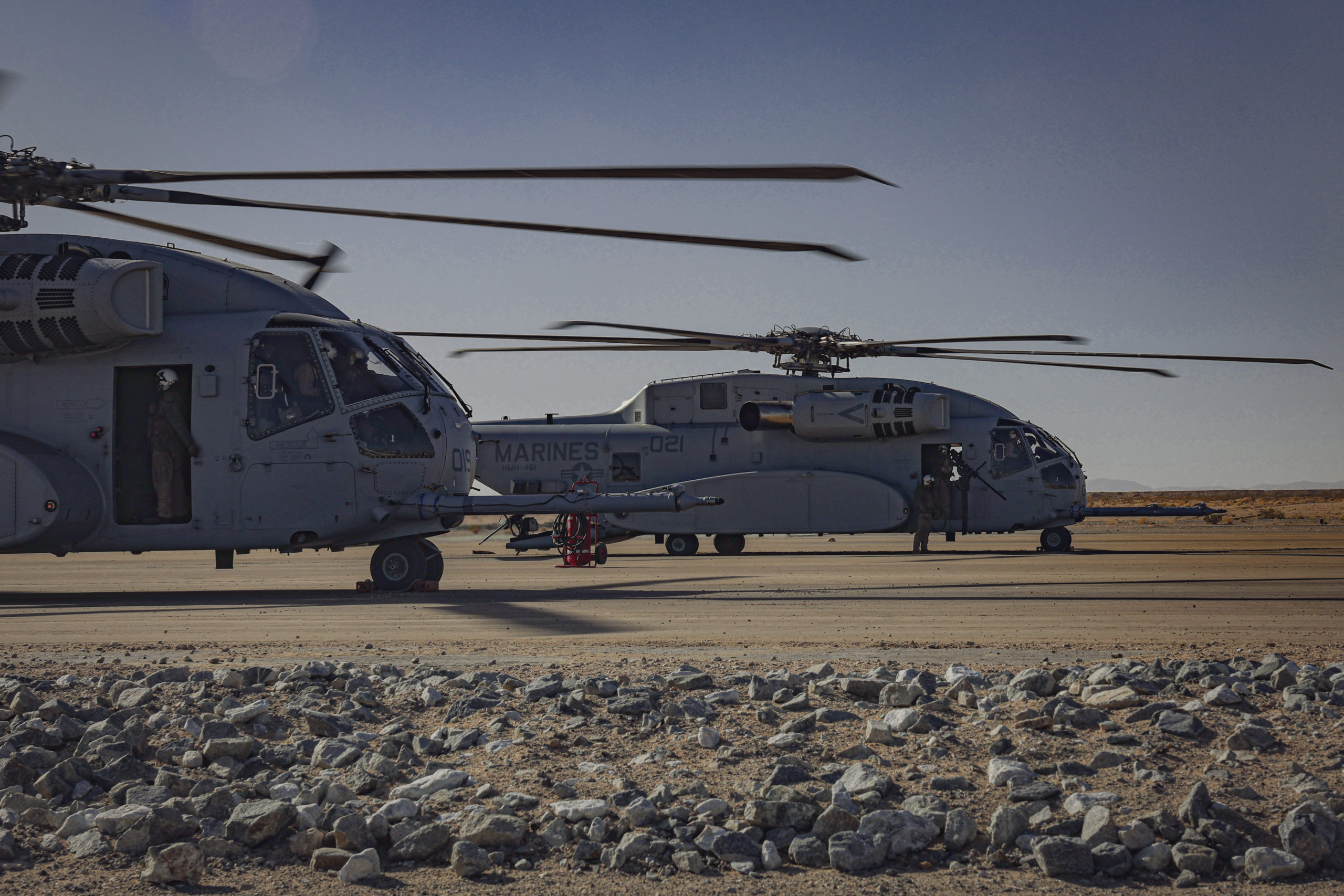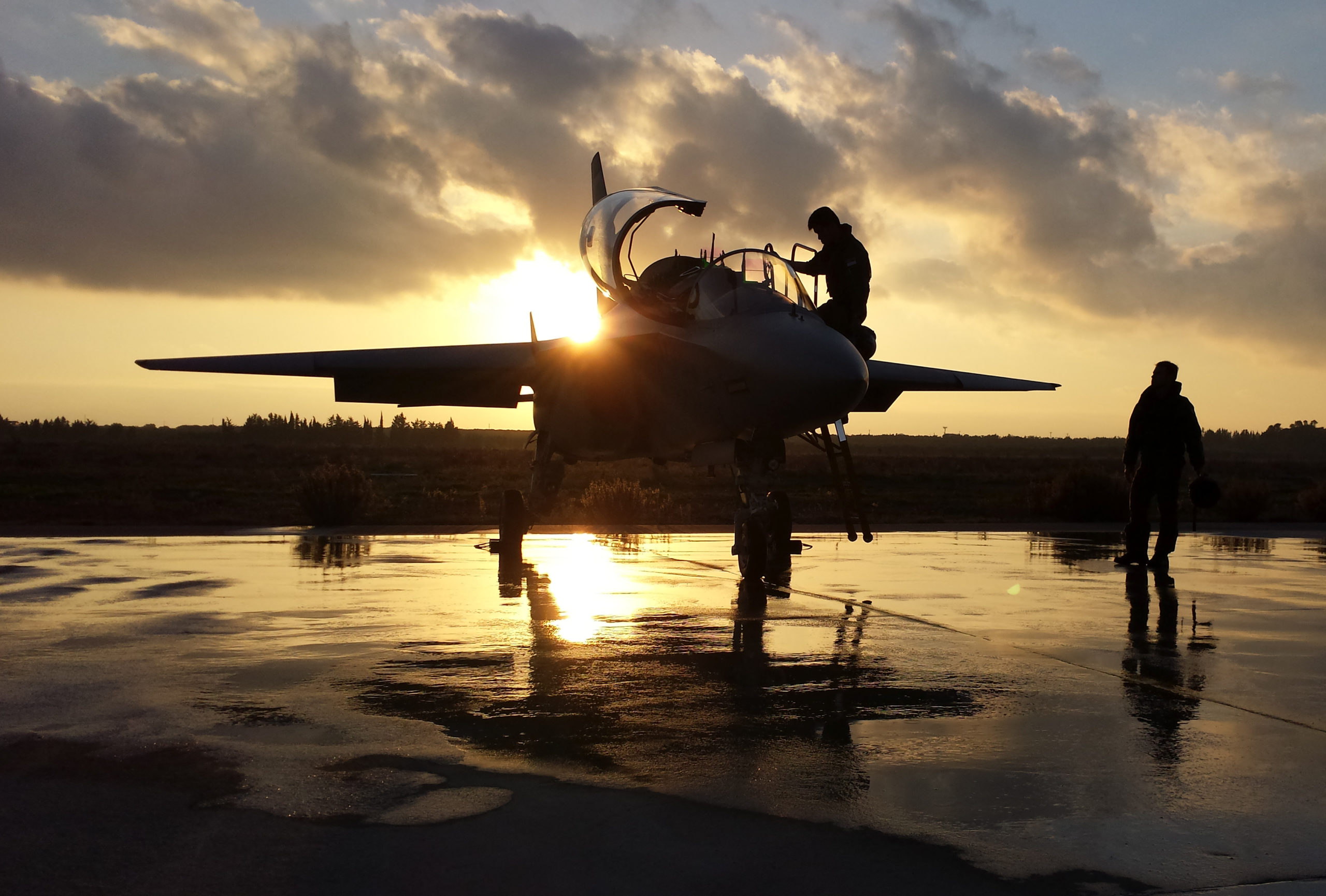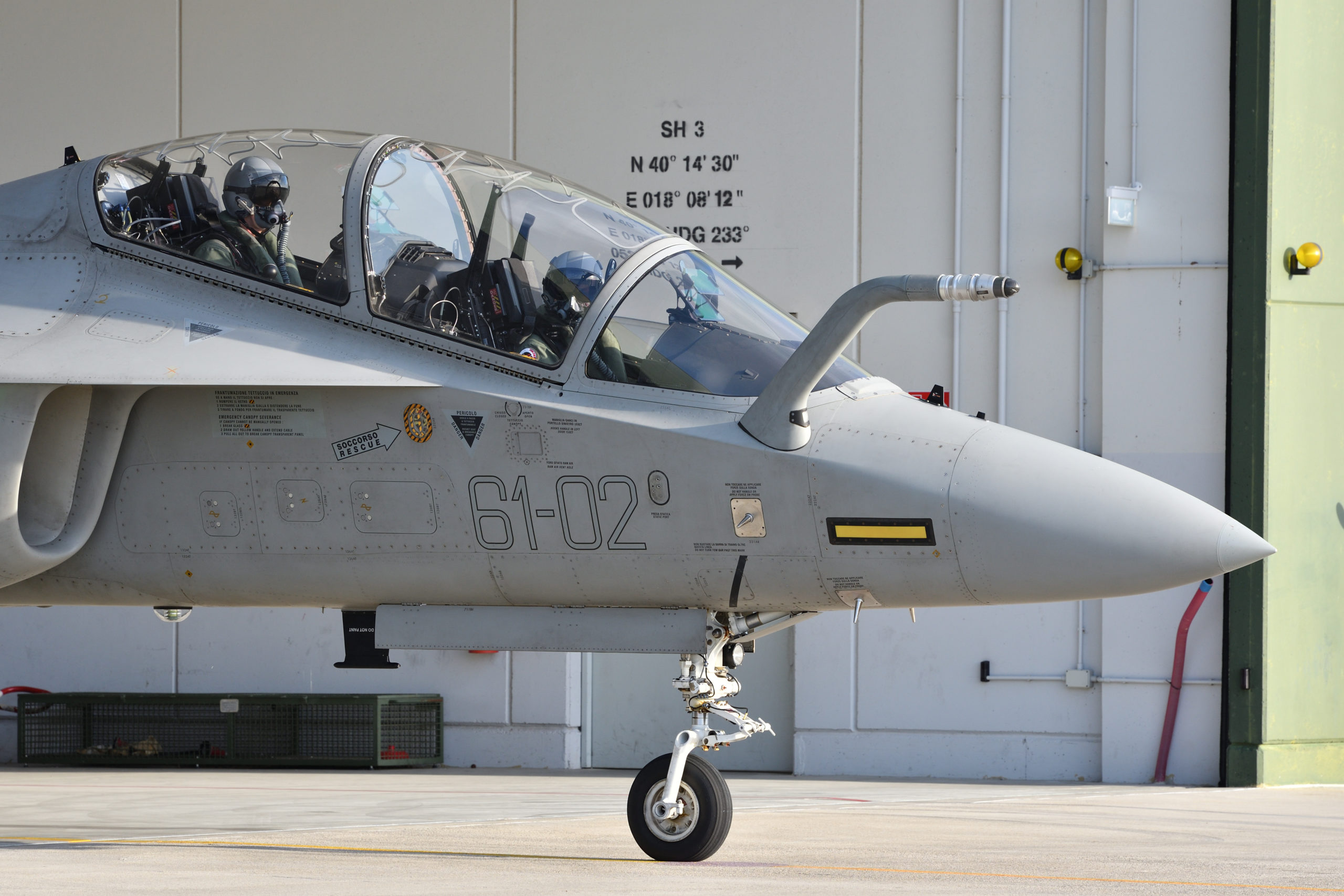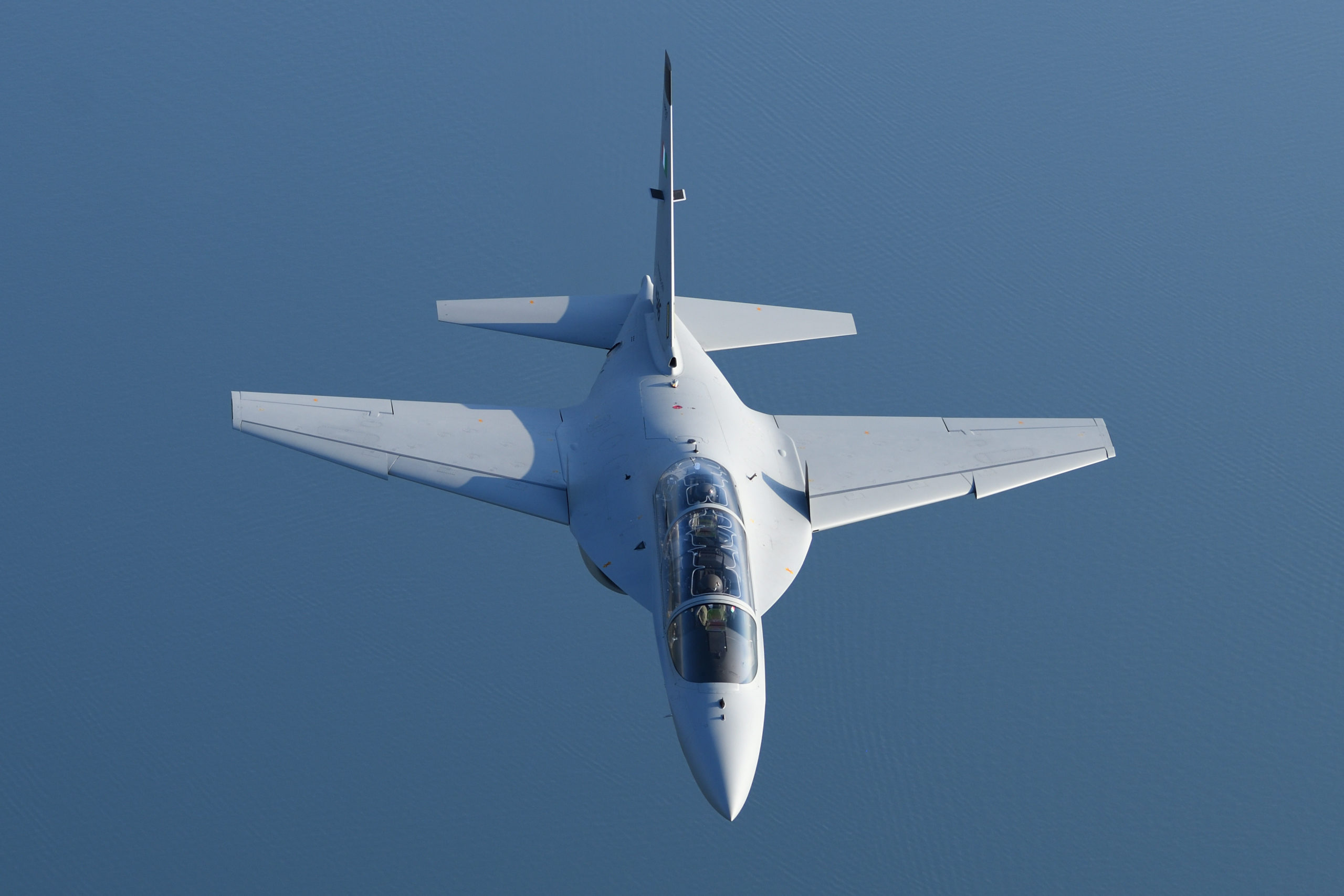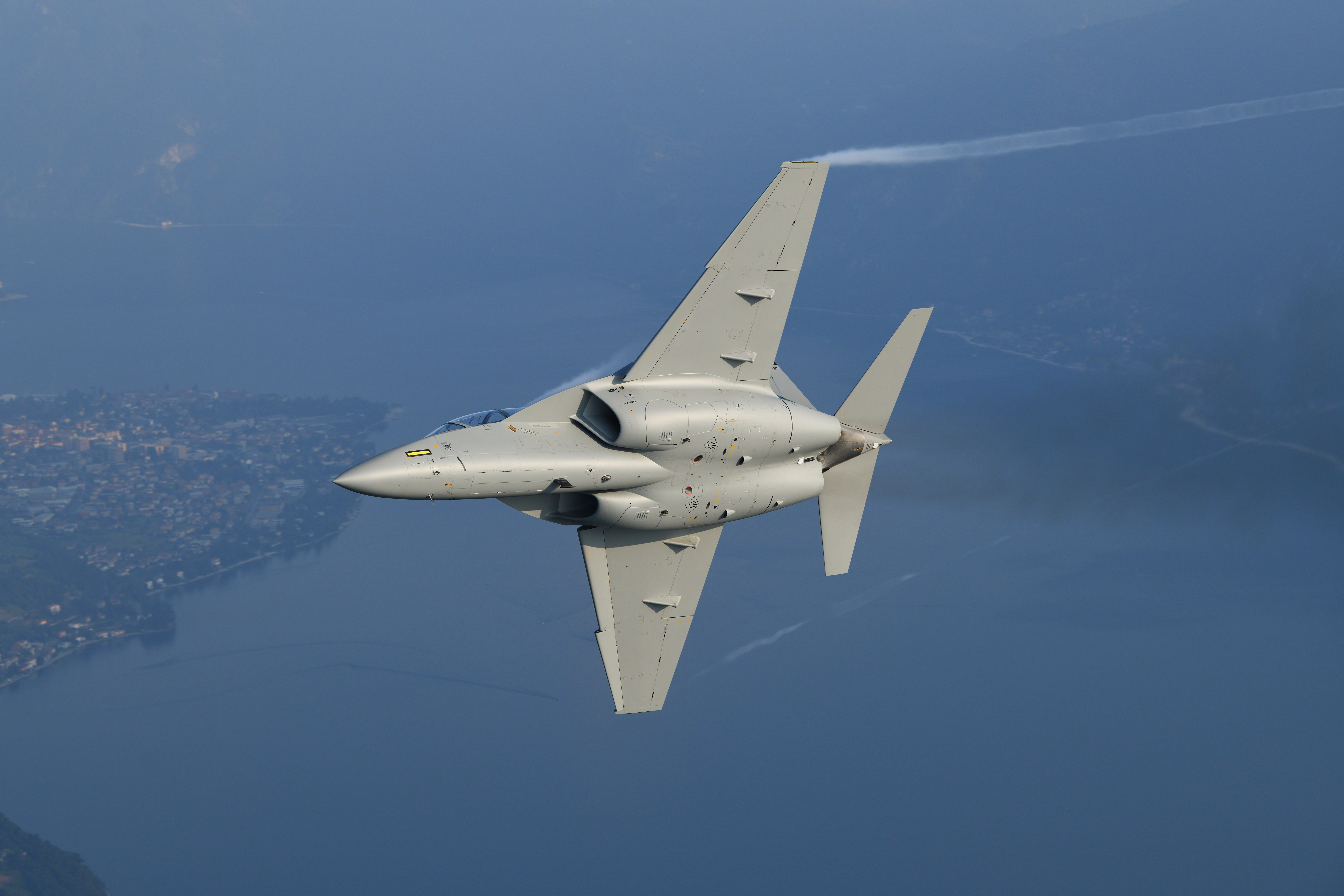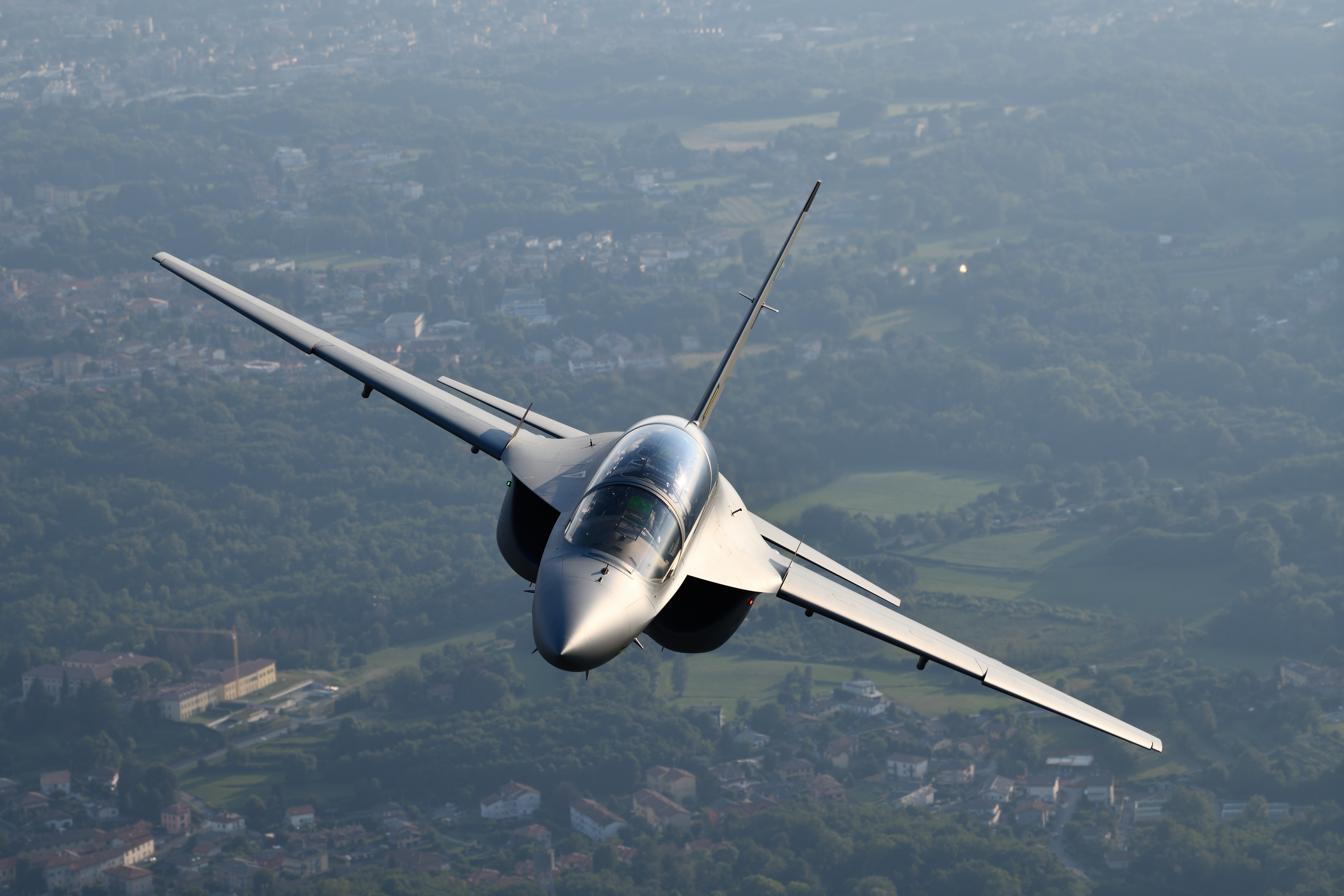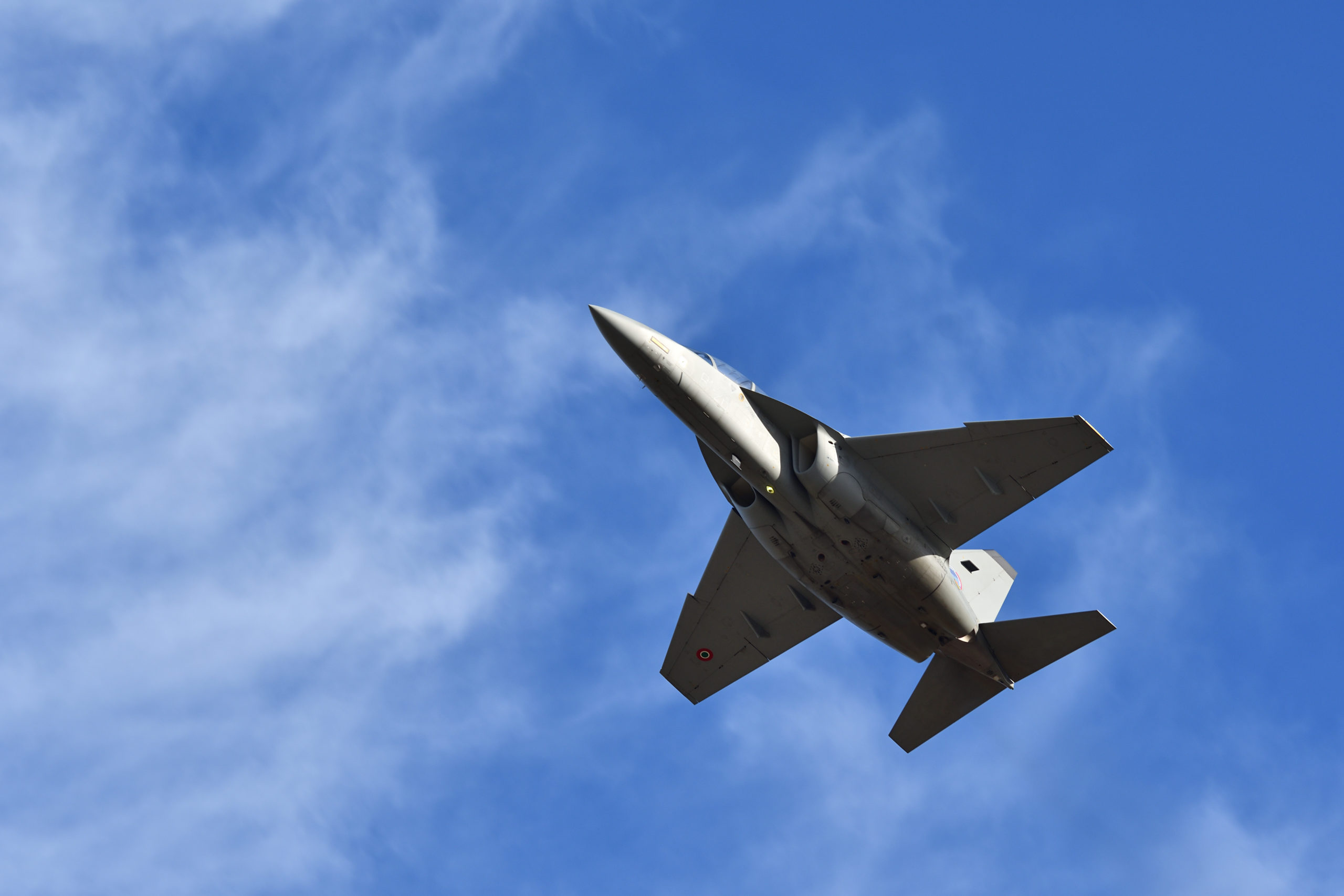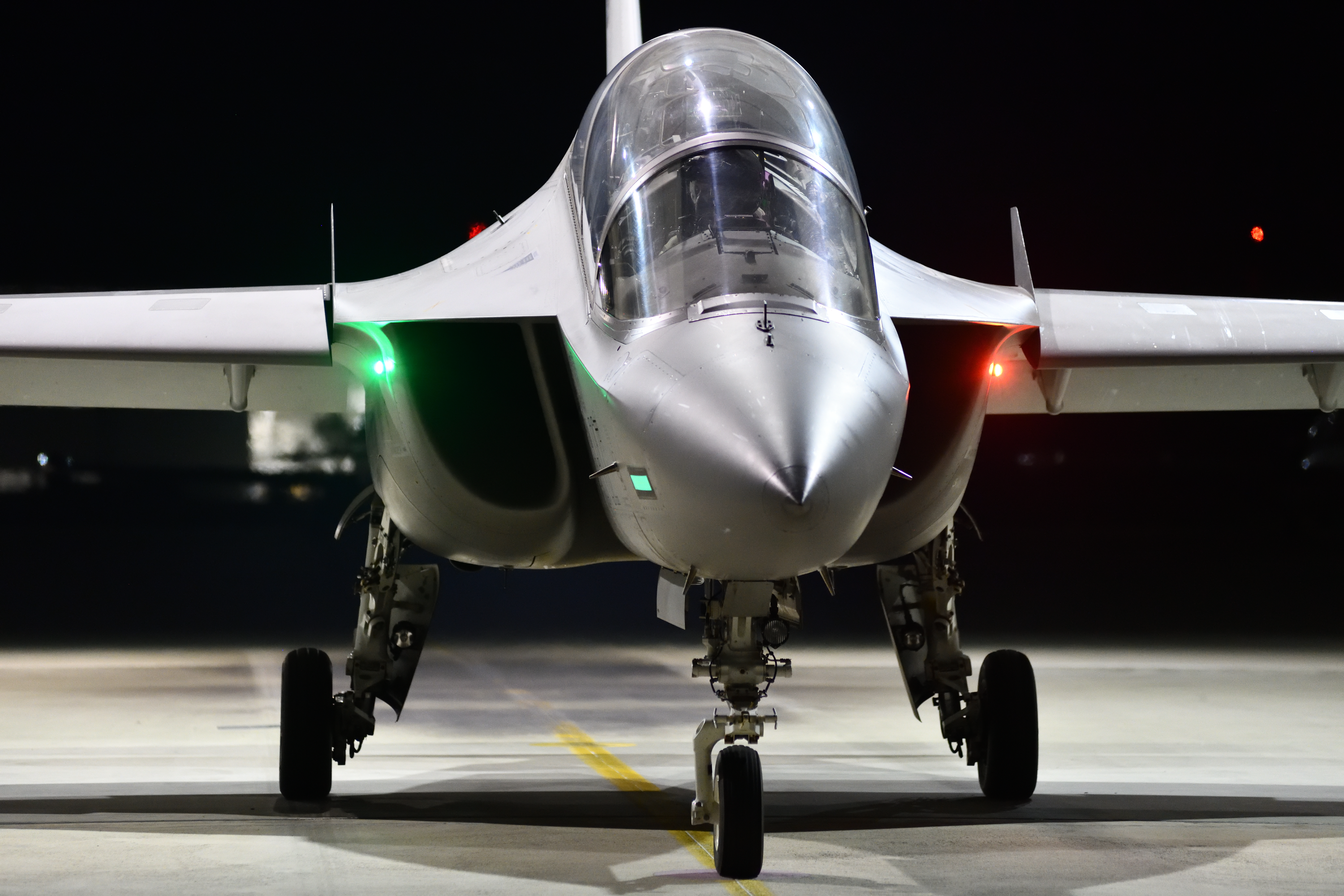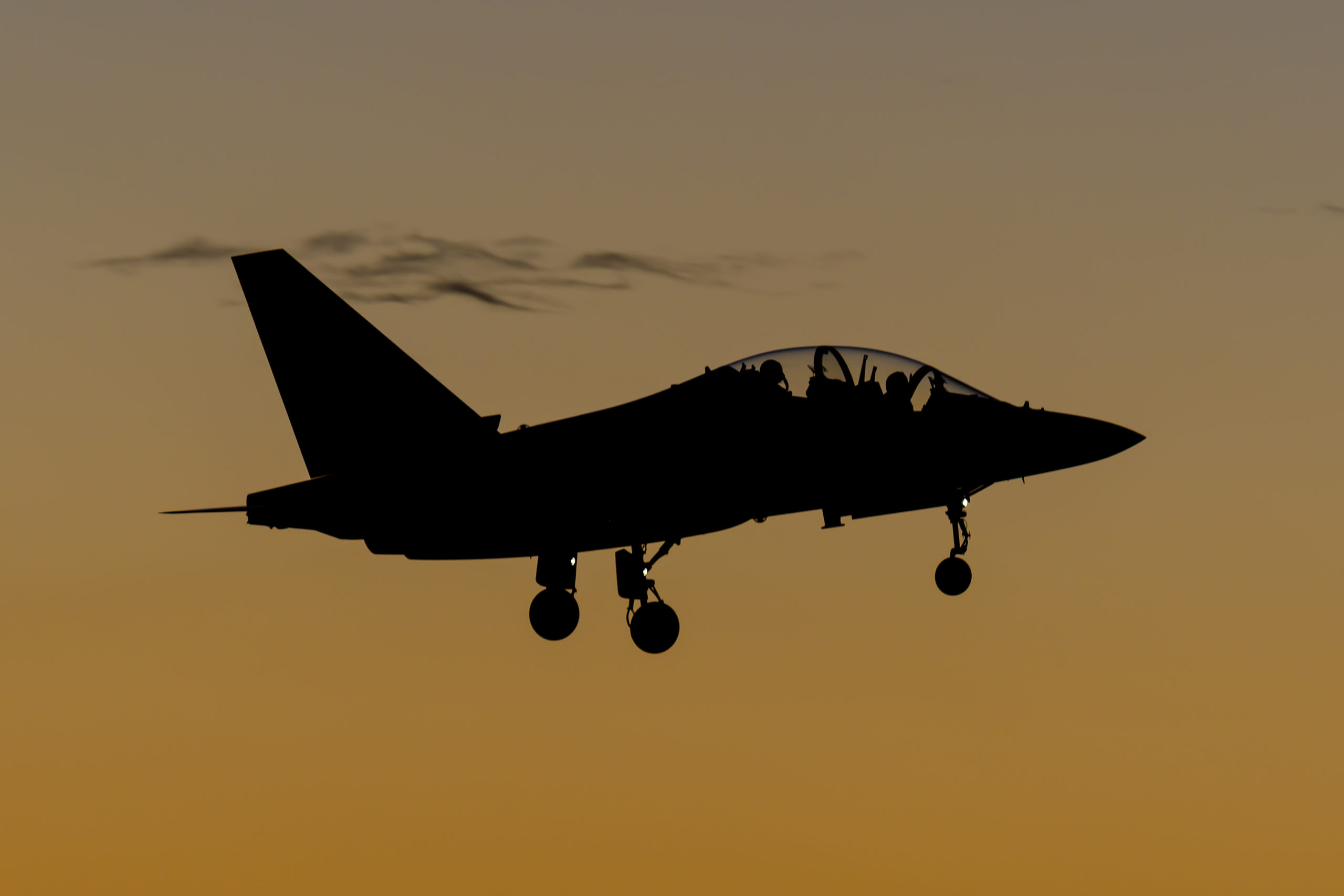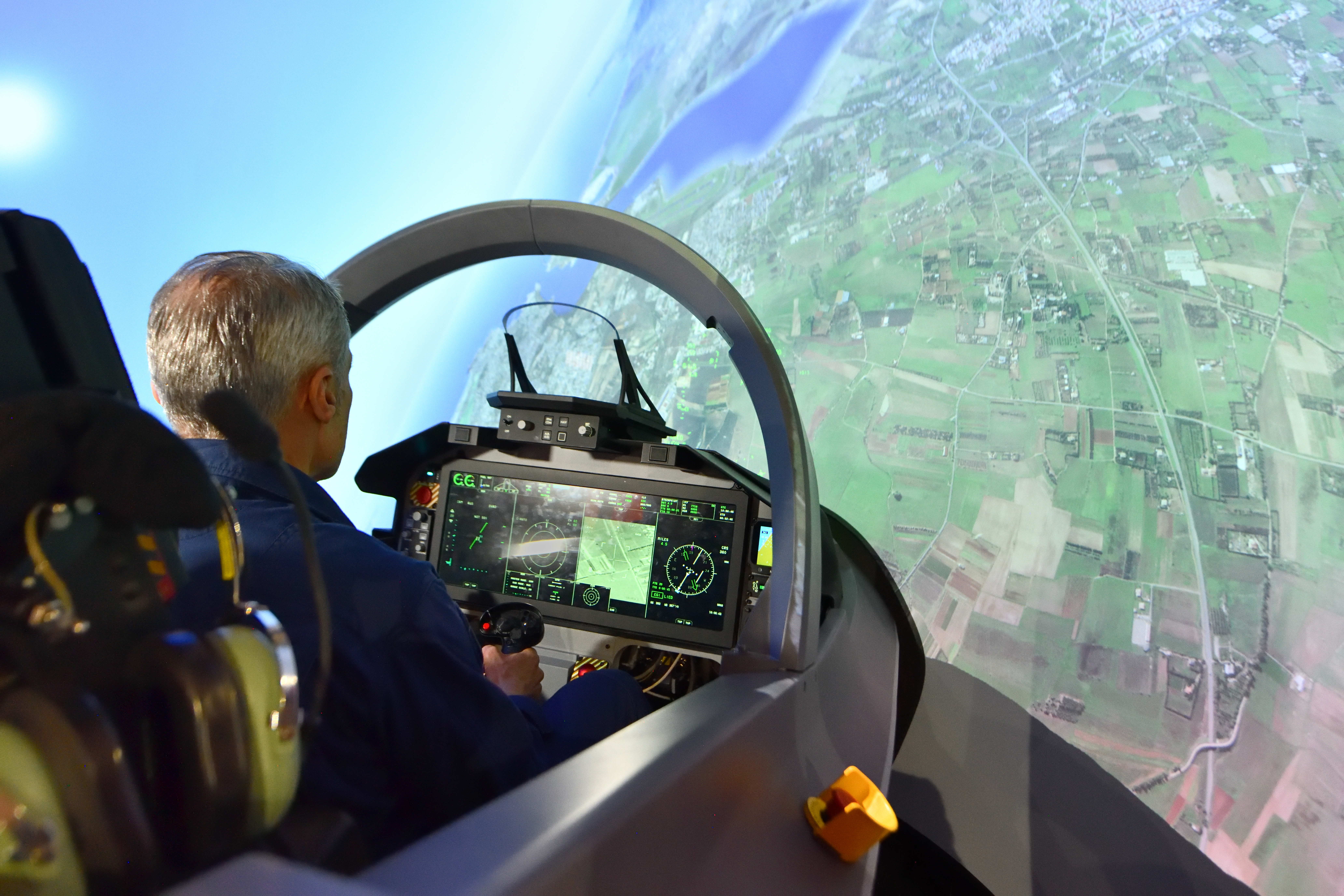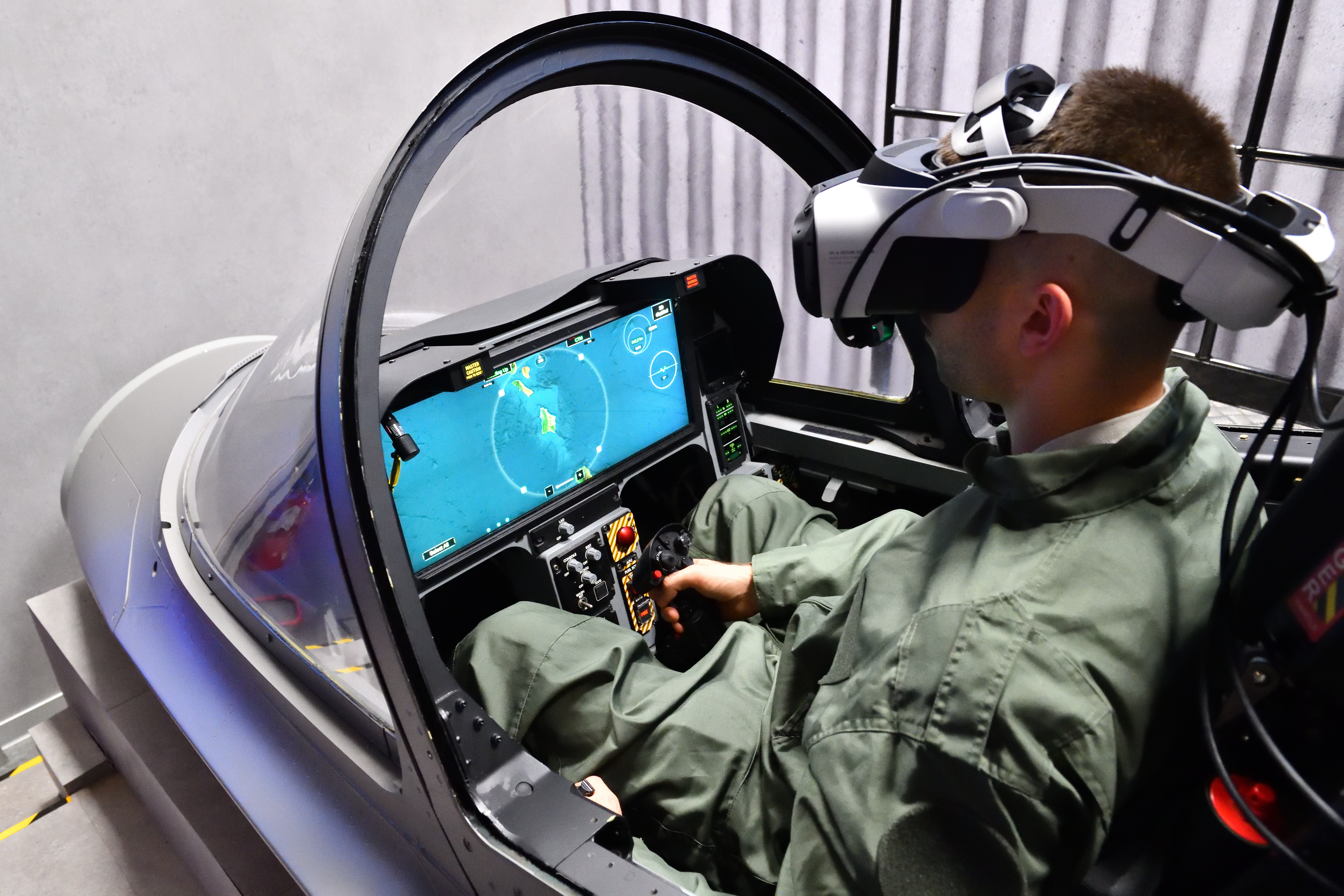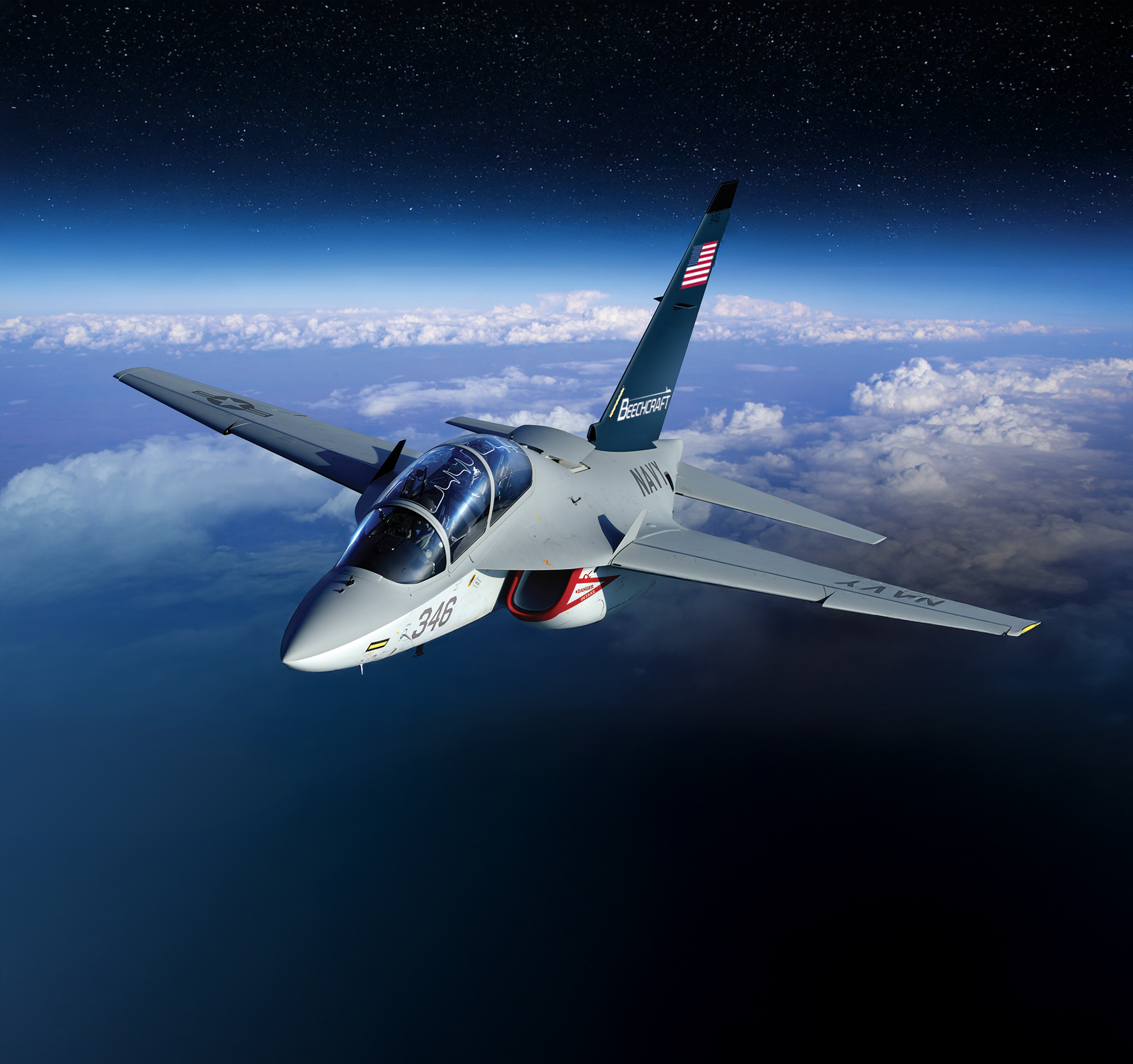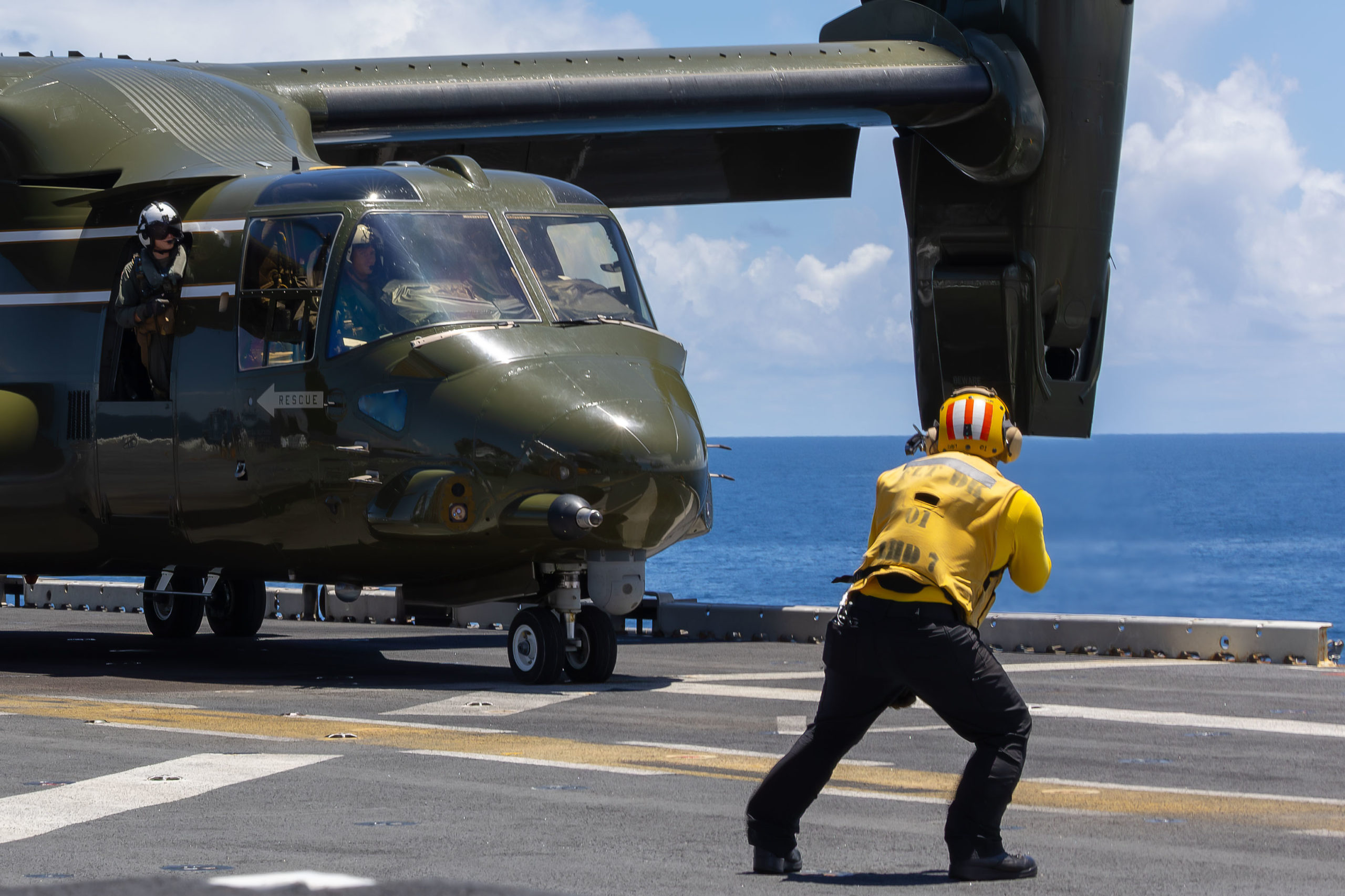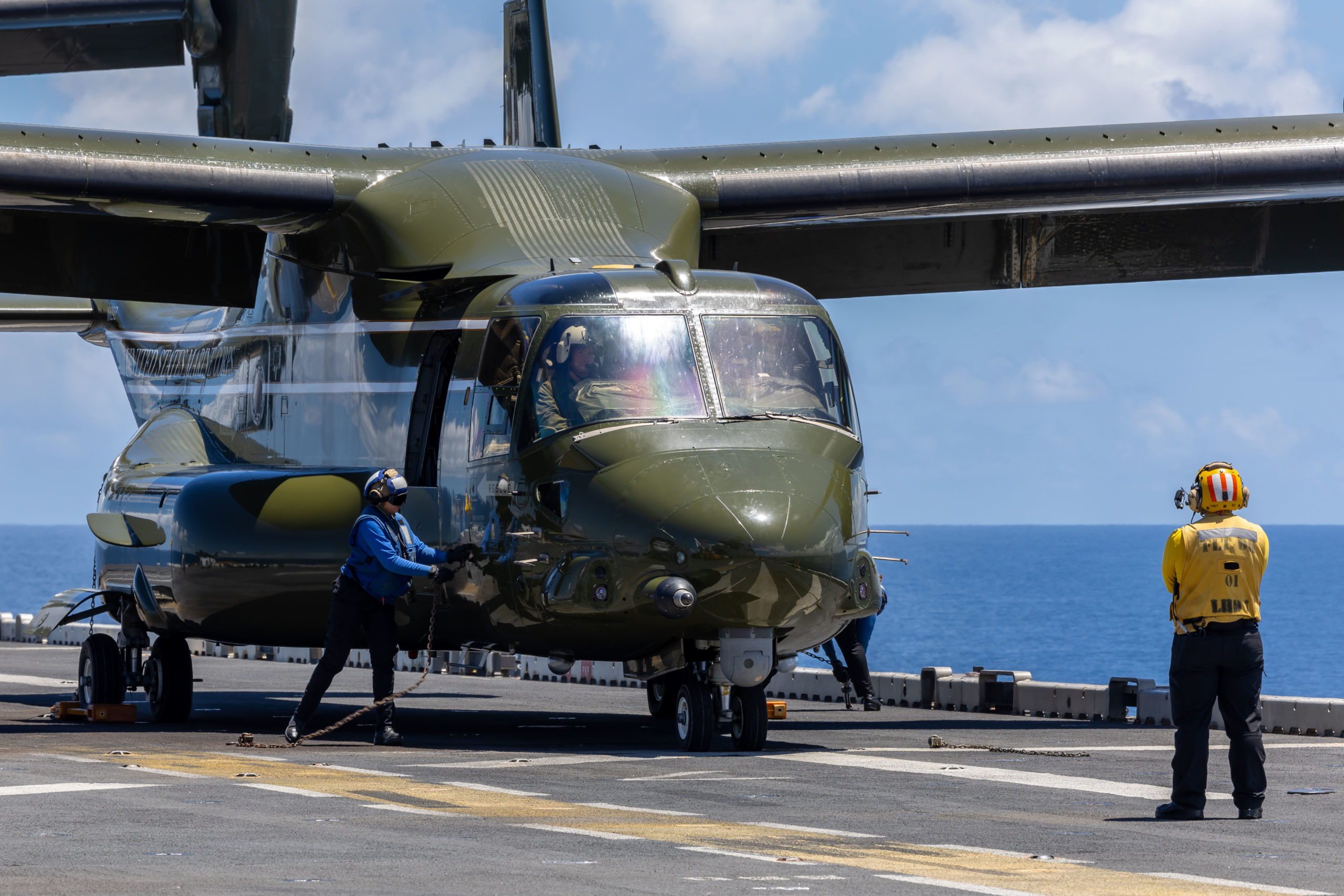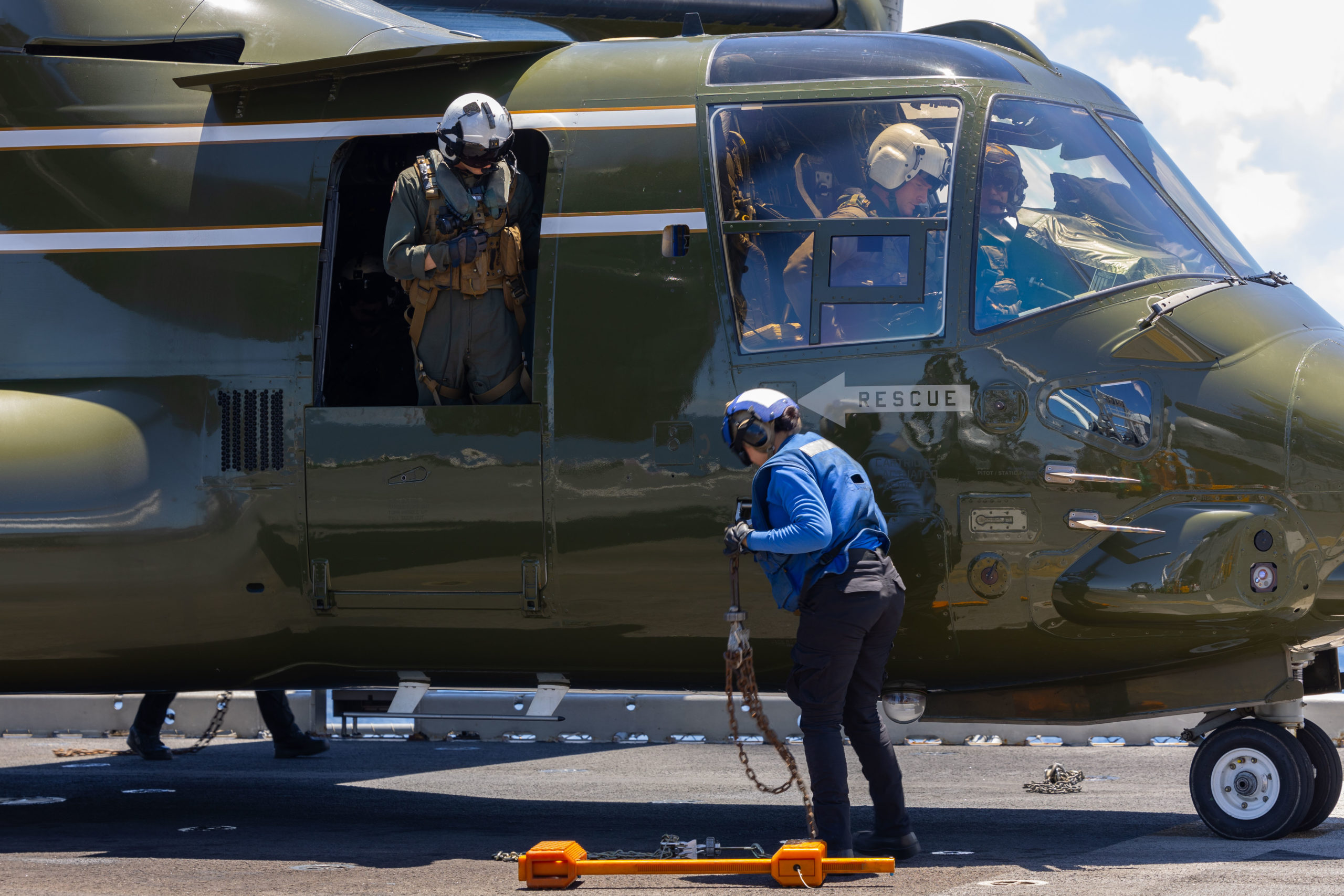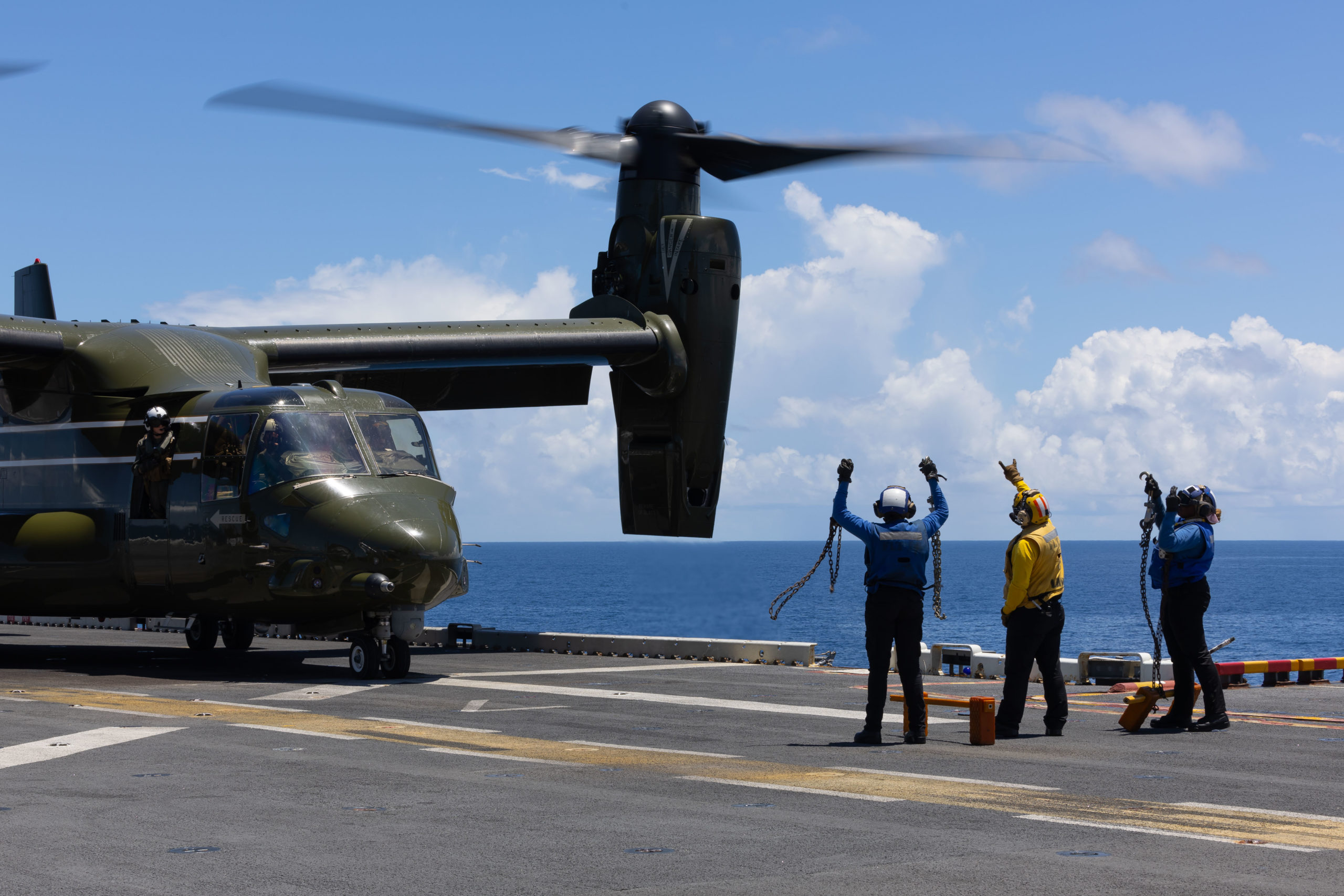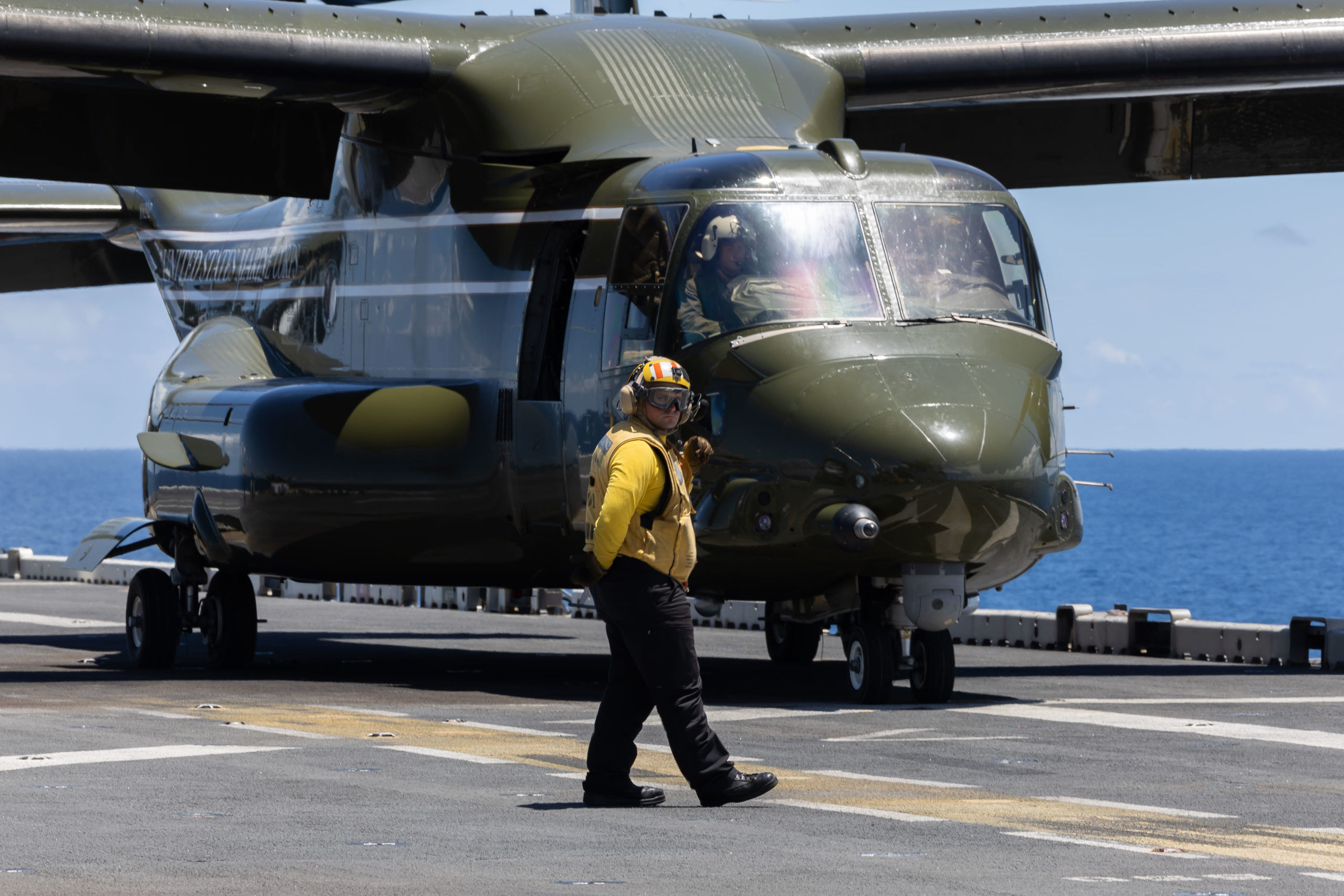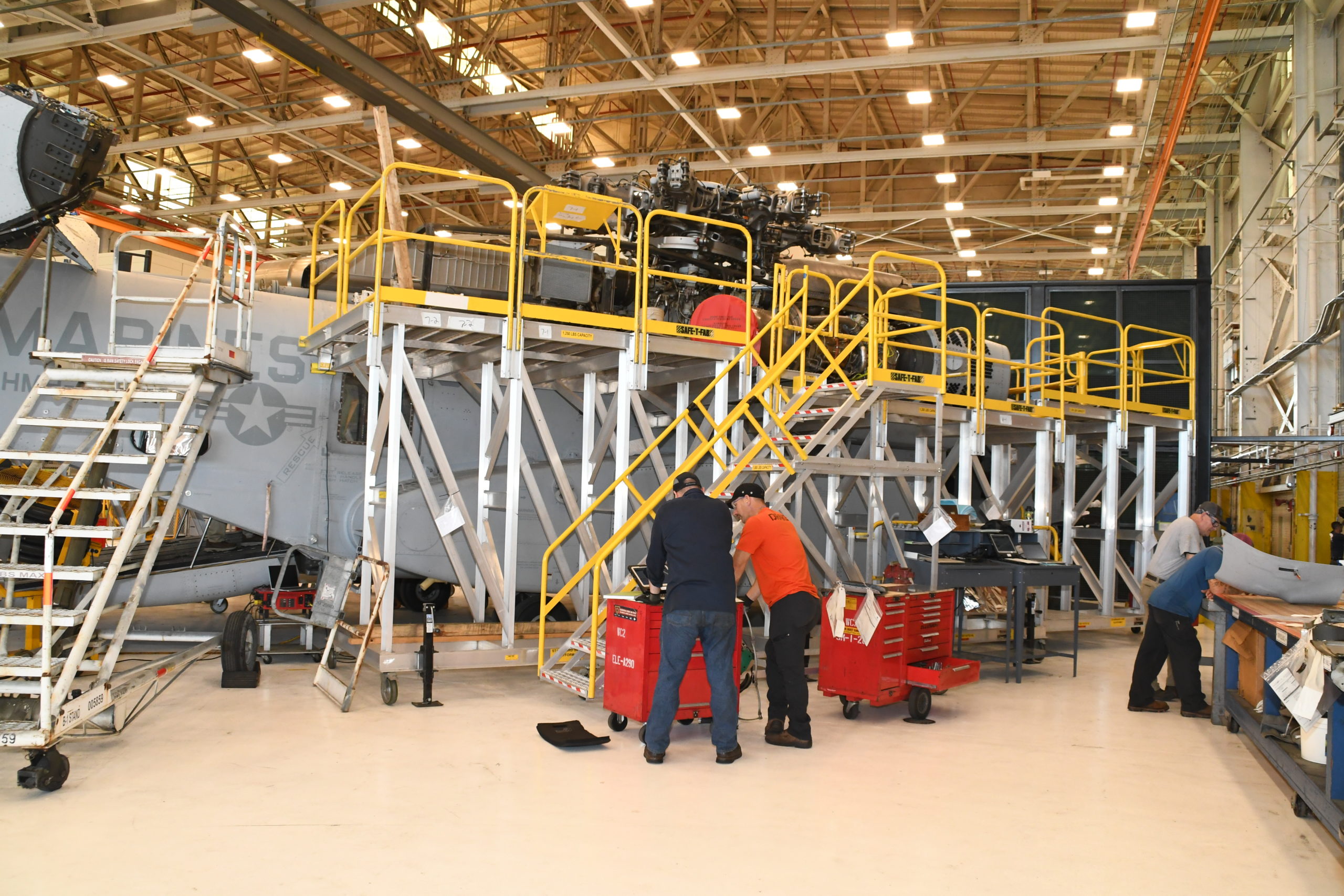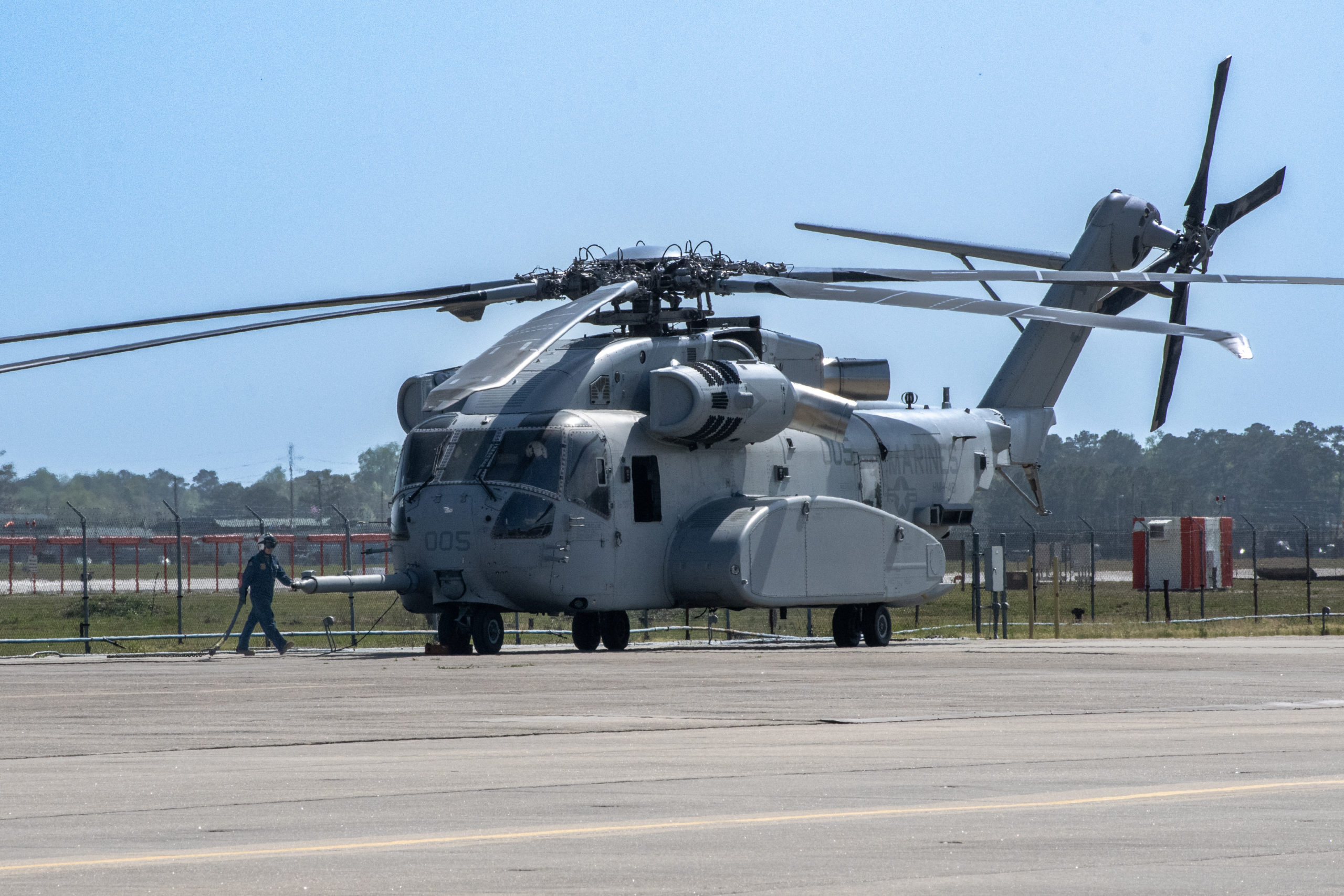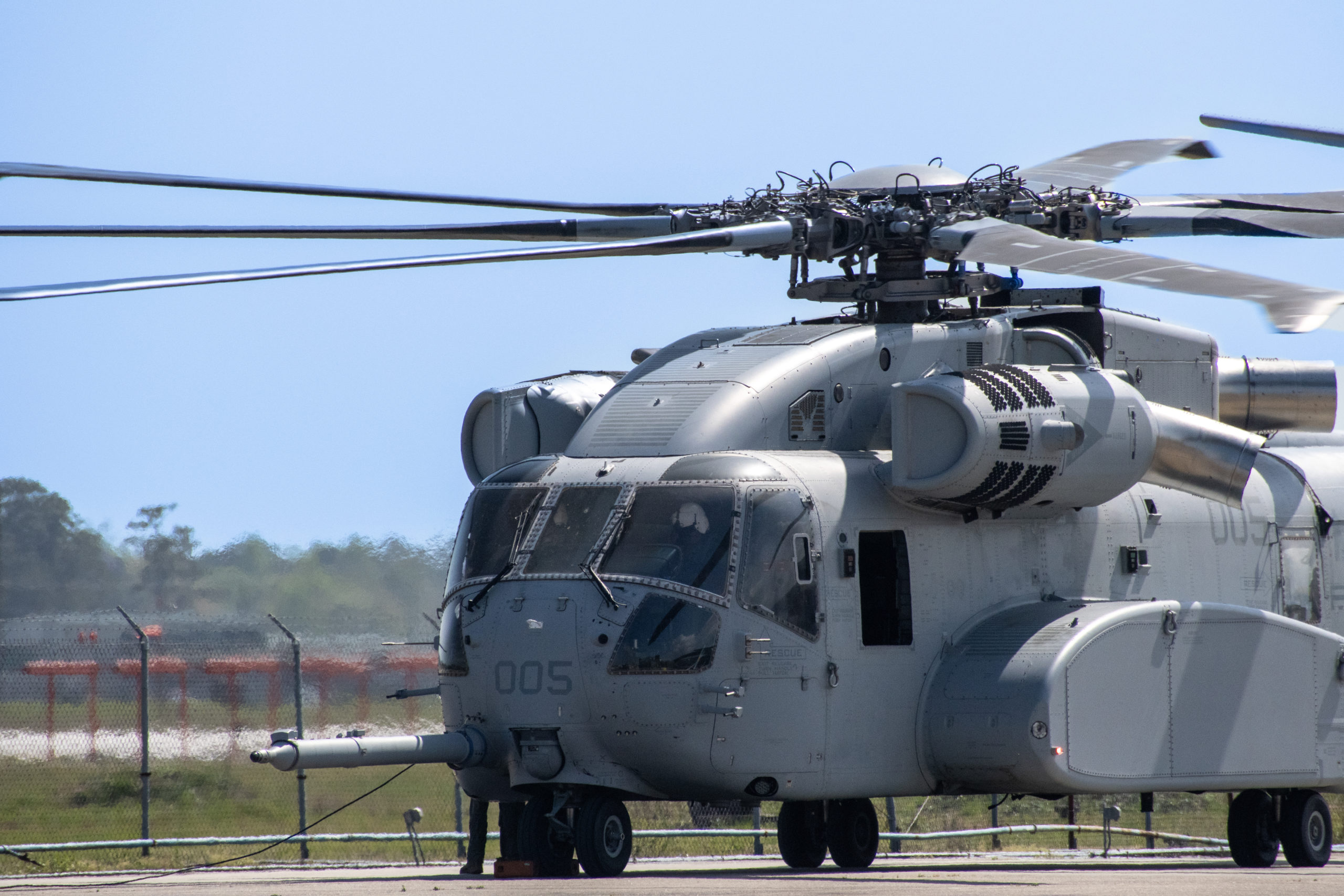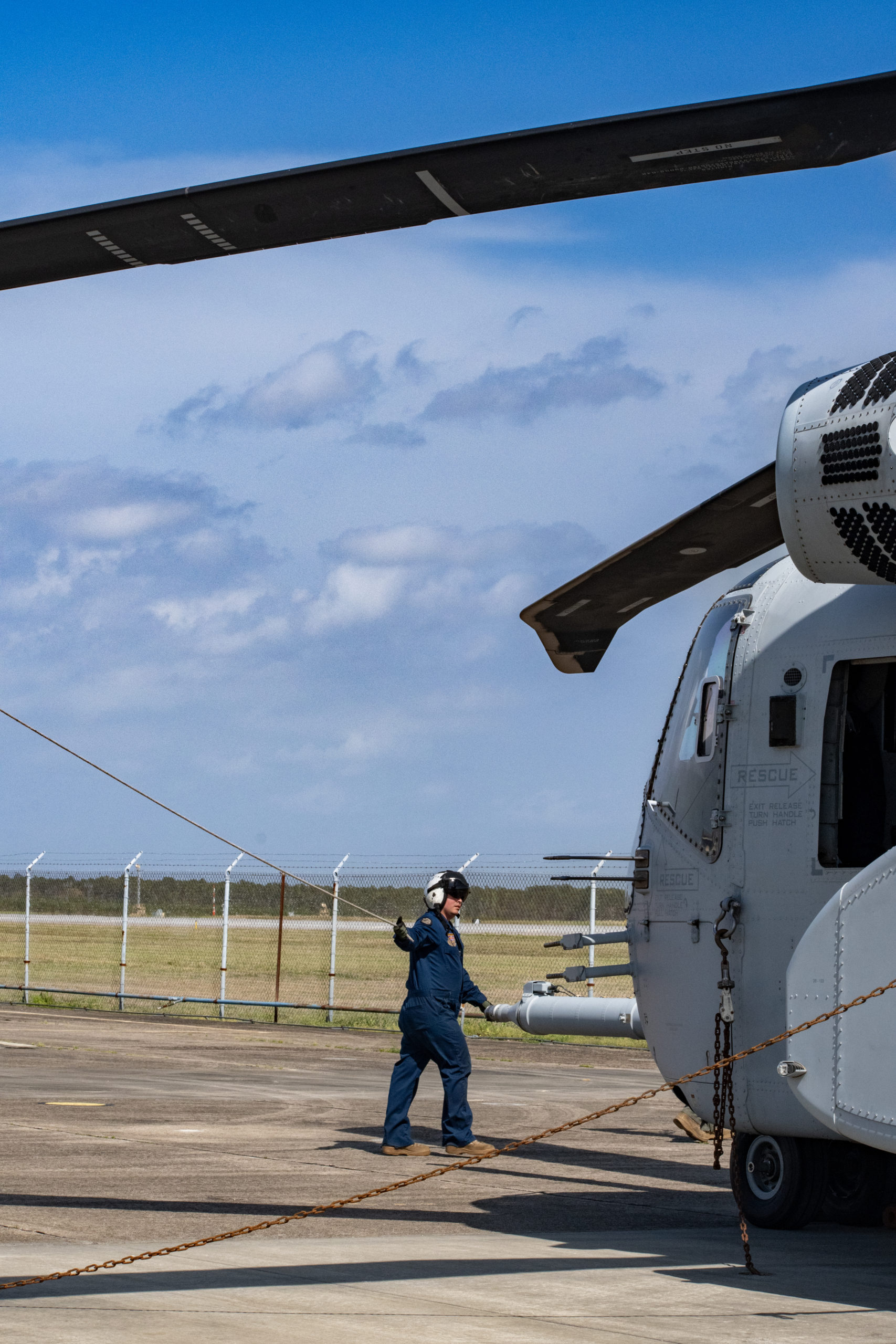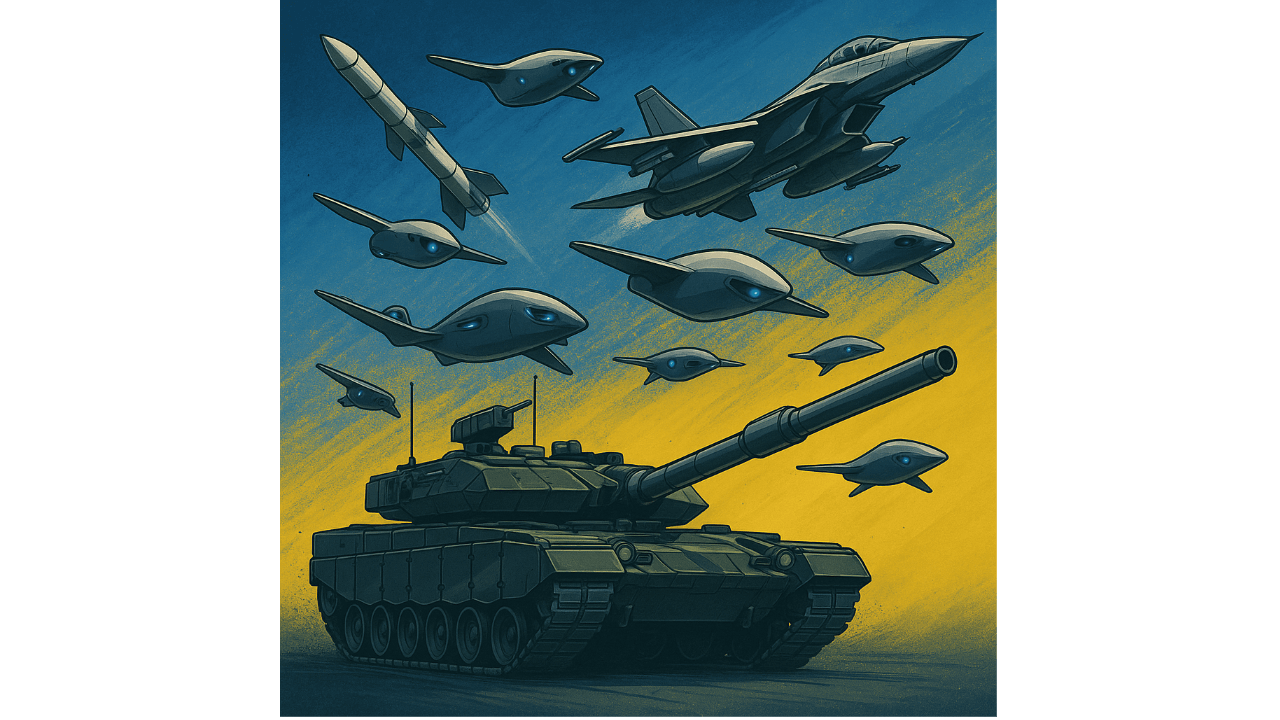Three and a half years after Russia’s full-scale invasion, Ukraine has undergone one of the most remarkable military transformations in modern history.
What began as a desperate fight for survival has evolved into a sophisticated hybrid defense force that combines Western military technology with rapid domestic innovation, fundamentally reshaping how modern warfare is conducted.
This transformation can be understood through five distinct phases, each marked by evolving Western military aid, Ukrainian adaptations, and breakthrough innovations in AI and drone warfare.
Phase 1: Emergency Defense and Initial Western Response (February-June 2022)
When Russian forces crossed the border on February 24, 2022, Ukraine’s immediate survival depended on rapid Western military assistance and the ability to quickly adapt existing capabilities. The initial Western response was swift but cautious, focusing on portable defensive systems that could be deployed immediately.
The early aid packages prioritized man-portable systems that Ukrainian forces could use without extensive training. Javelin anti-tank missiles, which Ukraine had first received in 2018, became crucial in blunting Russian armored advances. Stinger anti-aircraft missiles provided immediate air defense capabilities against low-flying Russian aircraft and helicopters.
During this critical period, Western donors provided what would eventually total over $380 billion worth of aid since the invasion, including nearly $118 billion in direct military aid from individual countries. The speed of some deliveries was remarkable. High Mobility Artillery Rocket Systems (HIMARS) were announced in early June 2022 and arrived later that month.
Perhaps most importantly for Ukraine’s long-term evolution, this phase saw the beginning of systematic commercial drone adaptation.
Ukrainian forces began repurposing readily available commercial drones like DJI systems for military reconnaissance and targeting, laying the groundwork for what would become the world’s most sophisticated military drone program.
The initial months demonstrated a crucial principle that would define Ukraine’s entire defense evolution: in the first months of the war, more than 90 percent of military aid was mobilized from national arsenals.
This reliance on existing stockpiles would soon force a fundamental shift in how Western nations approached long-term military assistance.
Phase 2: Defensive Consolidation and Technology Innovation (July 2022-Early 2023)
As the immediate crisis stabilized into a prolonged conflict, both Ukraine and its Western partners began thinking beyond emergency aid toward sustained military support. NATO’s 2022 Madrid Summit marked a turning point, where allies strengthened the Comprehensive Assistance Package to provide even more support to Ukraine.
This phase was characterized by Ukraine’s rapid development of domestic defense capabilities. The country produced around 800,000 drones in 2023⁶, representing an early indication of the massive production scaling that would define later phases. More importantly, Ukraine began developing the institutional framework that would support its emerging defense technology ecosystem.
Western support during this period remained somewhat constrained by escalation concerns. Many NATO countries were still reluctant to provide heavy offensive weapons or impose limits such as forbidding Ukraine to use them to strike inside Russia⁷. This hesitation would gradually erode as the conflict progressed and Ukraine demonstrated its ability to use advanced systems responsibly.
The period also saw the emergence of Ukraine’s private defense sector as a critical force multiplier. Companies began the rapid development of technologies specifically designed for the unique challenges of the Ukrainian battlefield, establishing the innovation cycle that would later produce breakthrough capabilities in AI and autonomous systems.
Phase 3: Counteroffensive Preparation and Industrial Transition (2023)
The year 2023 marked a fundamental shift in how Western nations approached military aid to Ukraine. Large aid announcements in the spring of 2023 as Ukraine prepared for its counteroffensive⁸ signaled a move toward major operational support rather than purely defensive assistance.
NATO’s 2023 Vilnius Summit represented another institutional milestone, where allies agreed to further develop the Comprehensive Assistance Package into a multi-year programme of assistance⁹. This long-term commitment enabled both Ukrainian forces and Western defense industries to plan beyond immediate crisis response.
Most significantly, 2023 marked the beginning of a major industrial transition.
While early aid had come almost entirely from existing arsenals, the prolonged nature of the conflict forced Western nations to shift toward procurement of newly manufactured systems.
In 2023 and 2024, more than 60 percent of military aid was ordered from industry and newly produced.
This shift was particularly evident in Germany, where nearly three-quarters of military equipment for Ukraine is now ordered directly from industry¹¹.
The transition reflected both the depletion of existing Western stockpiles and a recognition that sustained support would require industrial mobilization.
Ukraine’s drone production during this period provided early evidence of the country’s capacity for rapid scaling. The 800,000 drones produced in 2023 represented not just quantity but growing sophistication, as Ukrainian manufacturers began integrating more advanced sensors, communications systems, and guidance capabilities.
Phase 4: AI Integration and Hybrid Warfare Development (2024)
The year 2024 represented a technological leap that would fundamentally alter the nature of modern warfare.
Ukraine’s drone production doubled to 2 million units, while simultaneously achieving breakthrough integration of artificial intelligence capabilities.
The most significant development was Ukraine’s success in training AI models on real battlefield data. By taking publicly available AI models and retraining them on extensive real-world data from frontline combat, Ukraine increased target engagement success rates from 10-20 percent to around 70-80 percent.
This represented a three- to four-fold improvement in drone effectiveness, transforming what had been primarily reconnaissance platforms into precision strike weapons.
Western support became more coordinated and institutionalized during this phase.
NATO’s 2024 Washington Summit established NATO Security Assistance and Training for Ukraine (NSATU) to coordinate military equipment and training provision.
Allies also announced a Pledge of Long-Term Security Assistance providing a minimum baseline funding of EUR 40 billion within the next year.
Perhaps most remarkably, Ukraine achieved near-complete self-sufficiency in drone production.
An extraordinary 96.2 percent of all UAVs that the Ukrainian armed forces used in 2024 were produced domestically. This represented not just independence from foreign suppliers, but the development of production capabilities that exceeded those of most Western nations.
The integration of AI capabilities extended beyond individual systems to coordinated operations.
Ukraine introduced into its arsenal more than 200 domestically developed unmanned aerial systems and more than 40 ground robotic platforms since February 2022, creating the world’s first large-scale AI-enabled military force.
Phase 5: Autonomous Warfare and European Leadership (2025-Present)
The current phase represents the culmination of Ukraine’s defense transformation and a fundamental shift in Western support patterns.
For the first time since June 2022, Europe has surpassed the United States in total military aid, providing EUR 72 billion compared to EUR 65 billion from the U.S.
Ukraine’s technological development has reached unprecedented levels of sophistication.
The country plans to produce up to 5 million drones in 2025, with the Ukrainian military wanting at least half the drones it buys in 2025 to have AI guidance.
This is an increase from 0.5 percent to 50 percent. If realized, this would mean deploying about a million AI-assisted drones, each three or four times as likely to hit its target as current remote-controlled models.
The year 2025 is expected to witness the deployment of true autonomous warfare capabilities.
Ukrainian officials have stated that 2025 will see more autonomous drones with AI targeting arrive on the battlefield, potentially making way for “real drone swarm uses”. These systems represent a fundamental evolution beyond human-operated platforms toward truly autonomous military capabilities.
International partnerships have also evolved to support this advanced capability development.
Germany-based Helsing AI announced delivery of almost four thousand AI-equipped HX-2 Karma unmanned aerial vehicles to Ukraine, designed to be immune to electronic warfare countermeasures through autonomous target identification and engagement capabilities.
The Hybrid Defense Advantage
Ukraine’s transformation represents more than technological advancemen.
It demonstrates how a strategically defensive position can leverage rapid innovation to offset conventional military disadvantages.
This philosophy has driven the development of, in effecdt. a “war lab for the future”, where Ukraine has become the world’s primary testing ground for autonomous military systems.
The combination of existential necessity, Western technological support, and Ukrainian innovation has created capabilities that exceed those of most major military powers.
The defensive advantage has proven particularly effective against Russian forces, which have struggled to match Ukraine’s pace of innovation.
Multiple executives in Ukraine’s defense technology ecosystem report that while Russian forces previously took a month or more to adapt to new Ukrainian innovations, they now may need as little as two or three days.
However, Ukraine’s continued innovation pace has maintained a technological edge.
Strategic Implications
Ukraine’s defense evolution has created a new paradigm for modern warfare where unmanned systems, artificial intelligence, and rapid technological adaptation have become decisive factors.
The country has demonstrated that smaller nations can use relatively inexpensive, scalable technologies to disrupt traditional military operations typically dominated by larger, well-funded conventional forces.
The transformation also represents a fundamental shift in Western defense assistance.
What began as emergency aid has evolved into a coordinated industrial effort where the large majority of military aid is now newly produced weaponry from Western defense industries.
This shift has implications far beyond Ukraine, potentially reshaping how Western nations approach defense procurement and military assistance globally.
Most significantly, Ukraine has proven that warfare has begun evolving toward the use of unmanned systems, where intelligent machines capable of rapid decisions are increasingly dominating battles²⁷. This evolution raises both practical and ethical questions about the future of armed conflict, particularly as autonomous weapons systems become more prevalent and sophisticated.
In short, Ukraine’s defense evolution from February 2022 to July 2025 represents one of the most rapid and comprehensive military transformations in modern history.
The country has successfully combined Western industrial capacity with domestic innovation to create a hybrid defense model that maximizes the advantages of strategic defense while incorporating cutting-edge autonomous technologies.
This transformation extends far beyond Ukraine’s immediate defense needs.
The innovations developed under the pressure of existential conflict are reshaping fundamental assumptions about modern warfare, the role of artificial intelligence in military operations, and the potential for smaller nations to achieve technological parity with larger adversaries through rapid innovation and strategic partnerships.
As Ukraine continues to evolve its defense capabilities, the lessons learned from this transformation will likely influence military doctrine, defense procurement, and strategic planning for a fundatmental re-think of how to craft and evolve modern force development away from legacy thinking about how to acquire and develop weapons for the “fight tonight” force.
The featured image was generated by an AI program.
Ukraine’s Hybrid Operational Force Redesign Capability: Innovation in Modern Warfare
For the implications of such a hybrid approach to the paradigm shift in maritime operations, see the following:
A Paradigm Shift in Maritime Operations: Autonomous Systems and Their Impact


